Inbox and Environment News: Issue 468
September 27 - October 10, 2020: Issue 468
Time of Ngoonungi
The Time of Ngoonungi - Murrai'yunggory — cool, getting warmer (September-October) in the D'harawal calendar of Indigenous Weather Knowledge begins this week. This is the time of the gathering of the flying foxes. A magical time of the year when the flying foxes gather in the darkening skies over D'harawal Lands. They come in from the north-east, the north, the north-west and the west, and swirl over the Sydney area in a wonderful, sky-dancing display just after sunset, before setting off for the night-time feeding grounds to the south.
It is also a very important ceremonial time for the D'harawals, which begins with the appearance of the splashes of the bright red Miwa Gawaian (Telopea speciosissima - waratah) in the bushland.
Waratah (Telopea speciosissima) photo by Selena Griffith - Residents do not state where they have seen these glorious flowers as there are people who come to pick them and steal them for profit. Native plants are protected in New South Wales by the Biodiversity Conservation Act 2016 (BC Act). Under the BC Act it is an offence to pick, possess, buy or sell native plants listed in the Act for commercial purposes without a licence.
Visit: A Bunch Of Wildflowers: Historical Spring September Songs
The D'harawal Country and language area extends from the southern shores of Port Jackson (Sydney Harbour) to the northern shores of the Shoalhaven River, and from the eastern shores of the Wollondilly River system to the eastern seaboard.
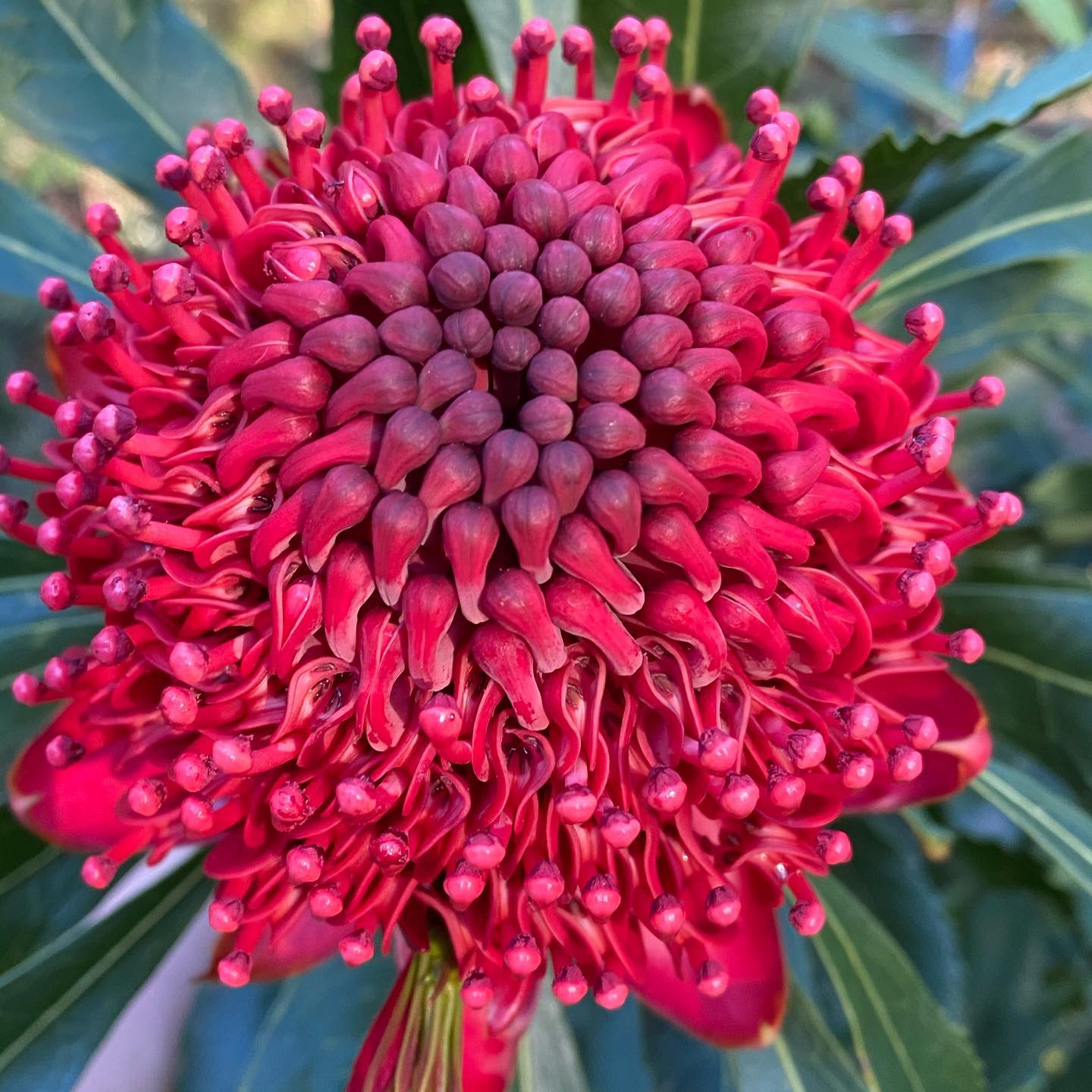
Stapleton Reserve 2020: An Urban Ark Of Plants Found Nowhere Else
Pittwater is very fortunate to have the privilege of being a place of urban reserves that are virtual 'Arks' of plants species that do not exist anywhere else. Apart from being places the human population may run to for moments of peace, they are home to all the animals that live there - the bandicoots, possums, birds and other species that are part of this place.On Saturday September 19th a few hours in this place brought home why it is so important that we all look after these places and how rich the biodiversity in these reserves is - you may think you're just looking at some trees, ferns and grasses - but this place is far richer than that. A field survey of the Park was undertaken in May and June 1994 and a Plant Species List and Fauna Species List for Stapleton Park was compiled, showing almost 200 plant species particular to this unique Park and a long list of resident animals and birds that live here or frequent Stapleton as annual migratory birds. Butterflies recorded from the South Corner of Stapleton Reserve by Bart Hacobian in 1993 and 1994 showed at least six species present as well. Some of these plant species exist only here, across the whole Sydney Basin - they are rarities known to be nowhere else. The extensive list of plants found in this Park runs as this Issue's Pictorial - and this is just one place, one Park, and one example.
Stapleton is unique in another way too - it allows you to step back in time - into History itself. Stapleton Park occupies an area of just over 8 hectares in the suburb of Avalon Beach. The Park consists of several parcels of land. Portions 13, 14 & 15 in DP 404581, Riviera Avenue, and Lots 44 and 46 in DP 21259, Park Avenue, were acquired from the County of Cumberland in 1957 and 1958 for the purposes of dedication as a reserve for public recreation. Further residential subdivision of the area around Stapleton Park which took place in 1964 and 1965 resulted in the addition of Lot 45 in DP 21259, Park Avenue, and Lot 18 in DP 231634, Burrendong Place. These were open space contributions of the respective subdivisions.
The Park straddles an east-west ridge extending down steep north and south facing slopes on either side of the ridge. There are some parts of the Park with moderate slopes, notably the ridge south of Riviera Avenue. Riviera Avenue bisects the park along the ridgeline. The north-east corner of the Park borders the junction of Kevin and Park Avenues. The southern boundary runs above residences which front Burrendong Place and Nandina Terrace.
Stapleton Park was occupied by aboriginal people of the Guringai group. Aboriginal people lived in the area for several thousand years prior to 1788. There are a number of Aboriginal shelter sites in the vicinity of the Park which have associated middens or artwork. This includes an art site close to the northern edge of the Park - underlying thousands of years of this being a sacred place and healing space.
The Park was part of an area of 1 200 hectares granted to Rev J.J Therry in 1833. The area including the Park remained largely undeveloped over the years and has been known locally as 'The Sanctuary'. Early in the 1900's the area was known as ''Crowley's Hill'' after Jeremiah Crowley (see Pittwater Roads II: Where The Streets Have Your Name - Clareville and Pittwater Roads II: Where The Streets Have Your Name - Avalon Beach) and prior to that the Collins family on the North Avalon - Careel Bay flats named this 'Mount St Mary' while that opposite, as what we today call 'Bangalley Head' was named 'Mount St Joseph' - the Catholic influence of Reverend Therry and the Collins family showing in these early names for these geographical features.
Fortunately this area remained a rough bush block so that its biodiversity remains. There is no evidence that it was used for grazing as so much of the surrounding area was with successive dairies dating back to the Collins, however some timber extraction may have taken place in its more accessible areas.
The Park's most recent name arises from the real estate developer, 'Stapleton and Company', and Jack Thomas Stapleton.
When you get to visit a reserve with someone who knows the plant species a whole world opens for you and what was prior to then 'a bunch of trees, ferns and grasses' is revealed as so much more, and makes it apparent we all carers or, to use an old word, Keepers of these places. If you want to know more about the plants and animals in our area, the Pittwater Natural Heritage Association offer regular Plant and Bird Walks during each year, all free. If you 'like' or follow their Facebook page, or become a member, you will know when one is coming up and enjoy finding out more about what's in our area. Visit: www.facebook.com/PNHAaus
Hopefully finding out more about what all of us are Keepers of will give pause for thought about destroying any of these areas and the plants in them - this tree, as one example, was photographed at Stapleton Park during this walk and clearly has not cut itself down:
Tree cut down in Stapleton Park
Let's have more of this - and none of the above, that way we won't go on the records as the destroyers of the last places these ecosystems and their unique, found only here, 'Keeps' :
600+ School Strike For Climate Events Take Place In Biggest-Ever National Action Against Gas
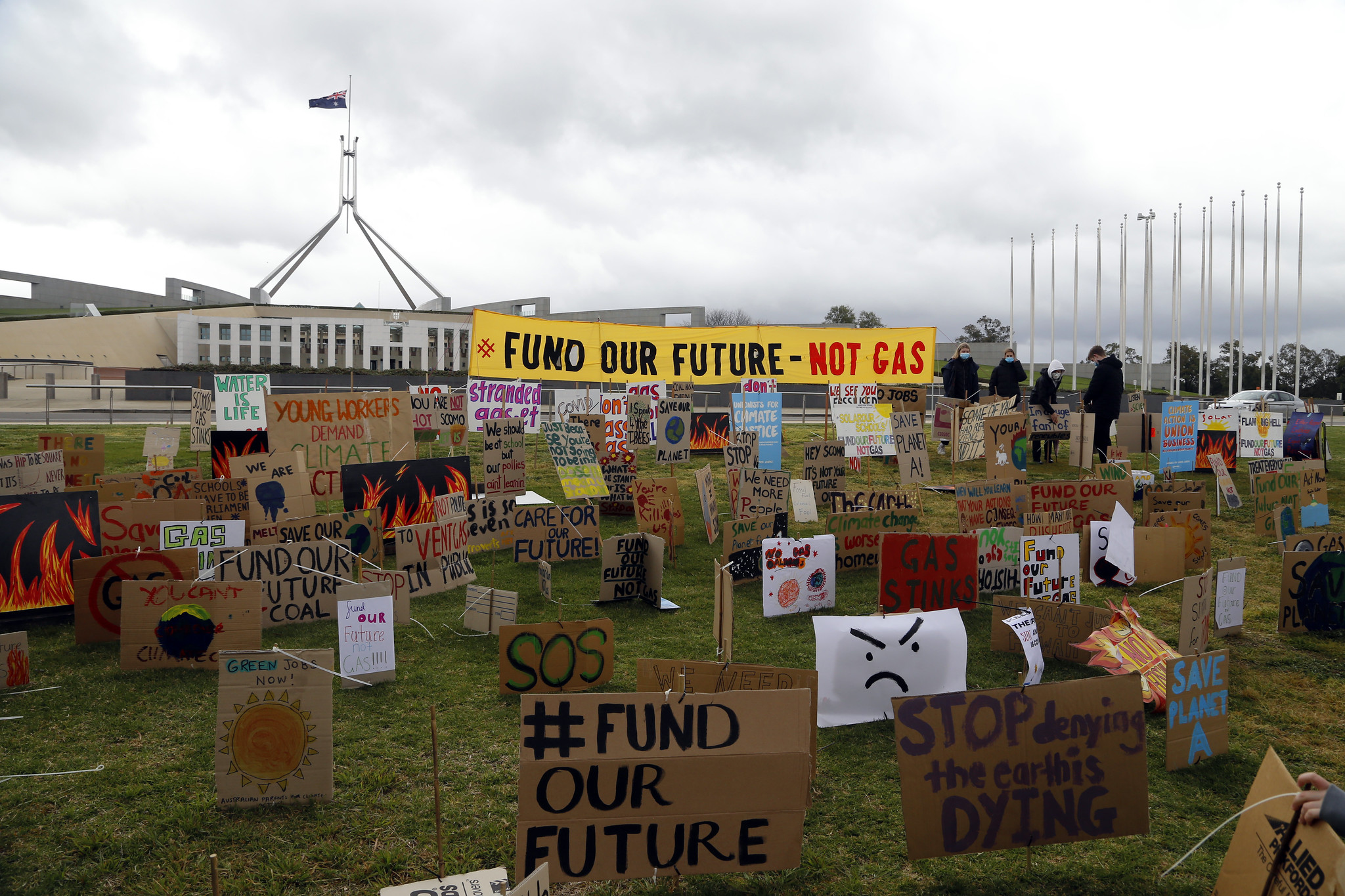
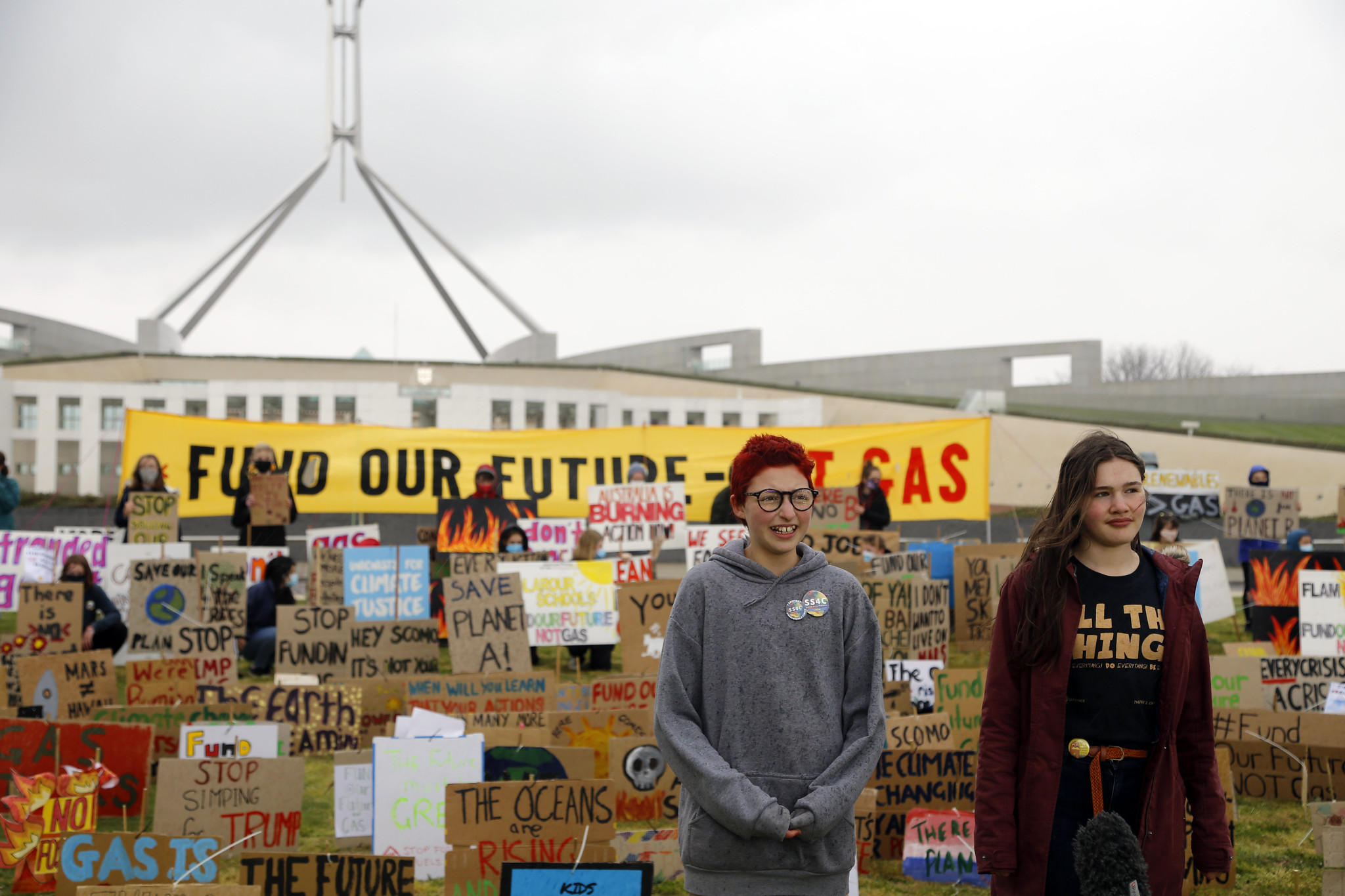
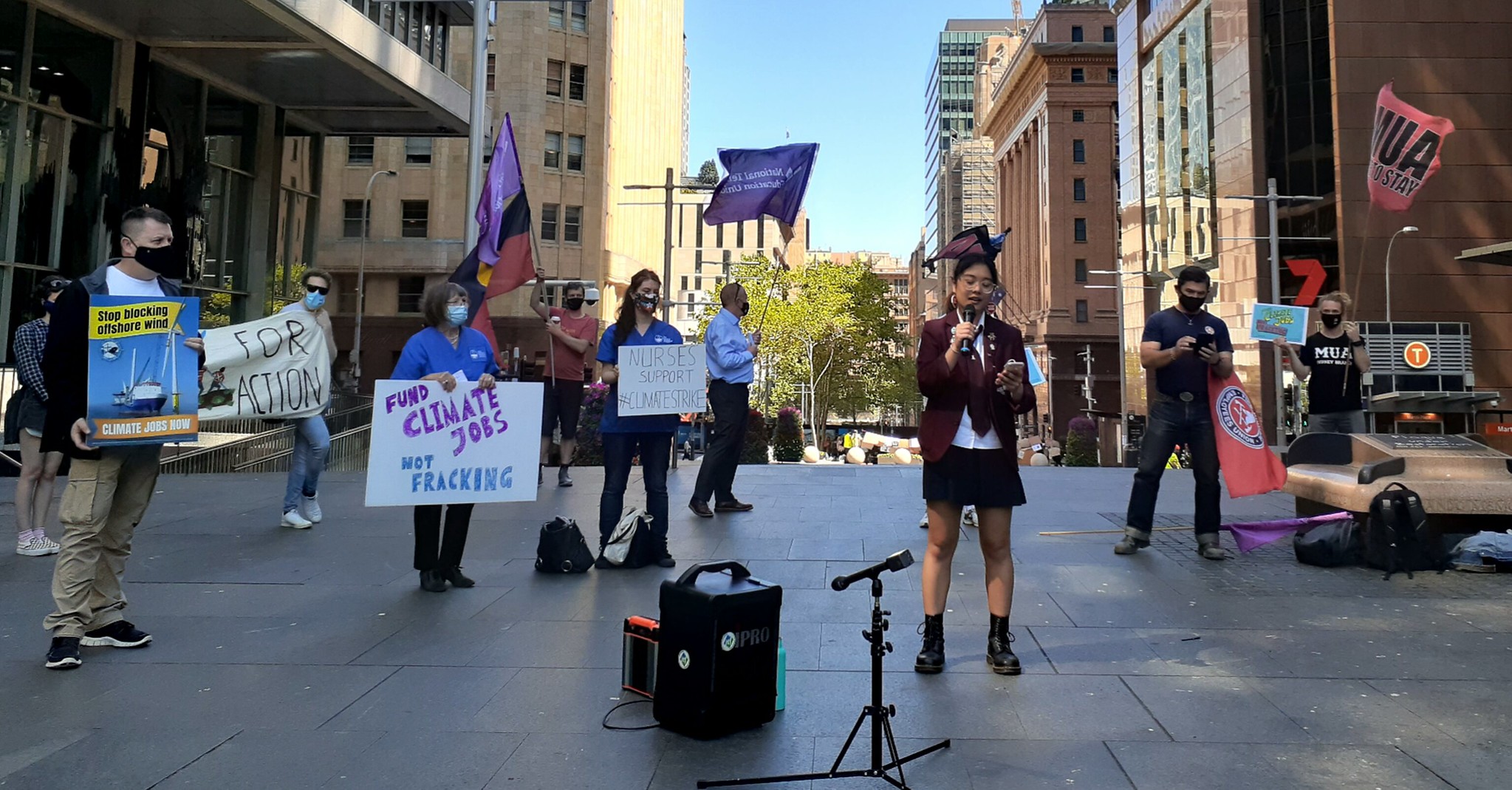
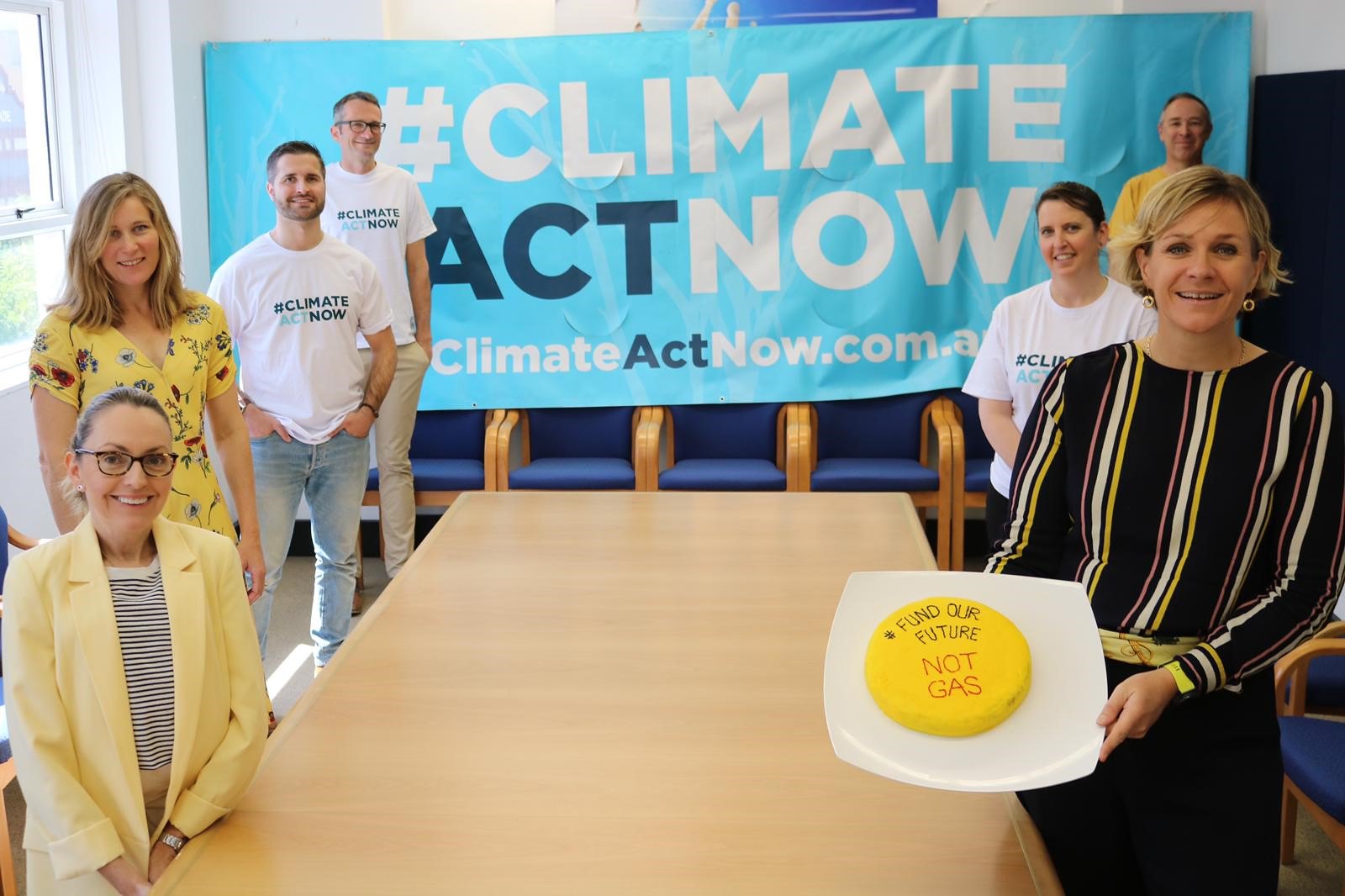
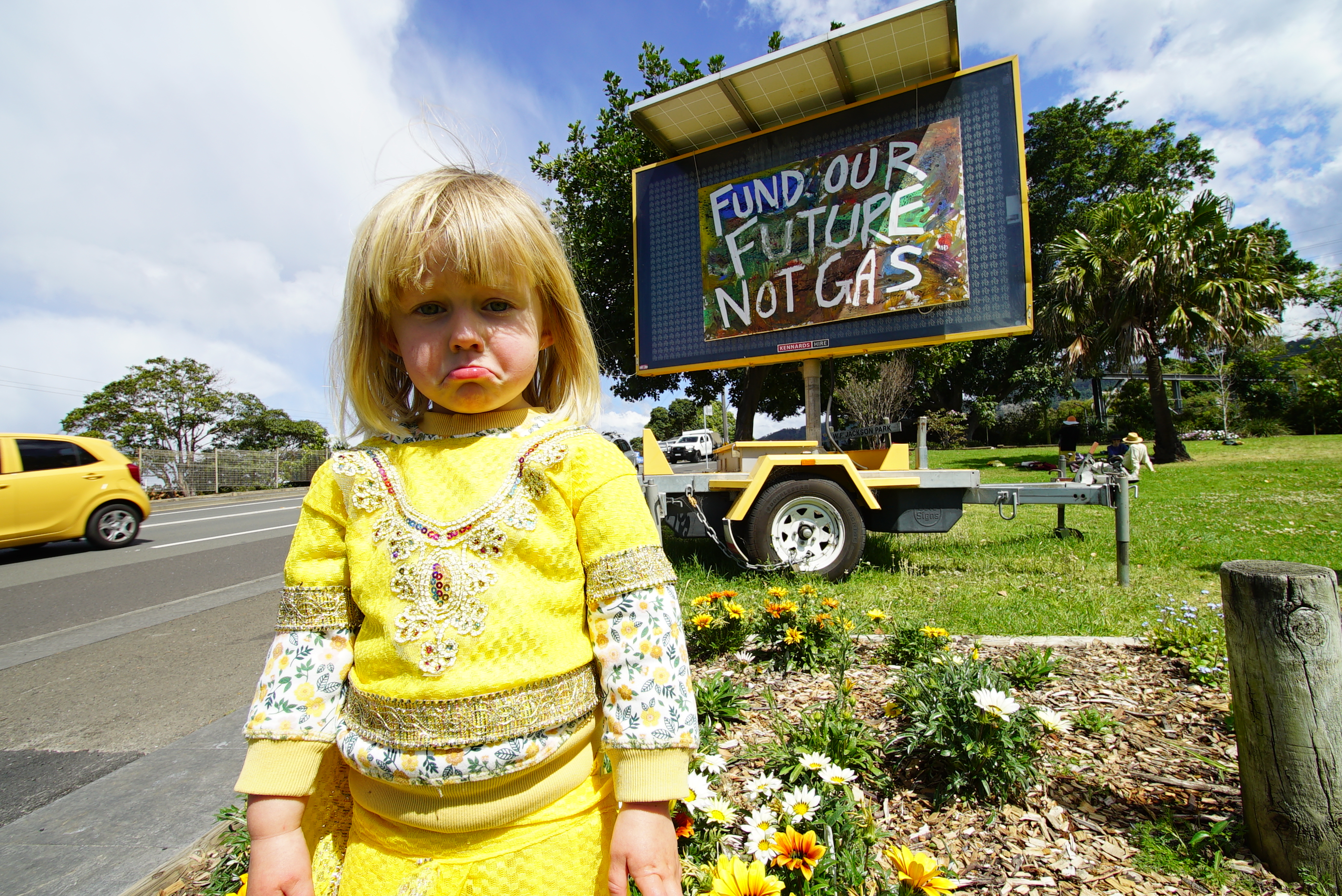
Watch Out On The Pittwater Estuary Water Zones & Beaches: Seals Are About
Residents have filmed and photographed the seals living at Barrenjoey as far south as Rowland Reserve and over at Clareville beach in recent days and ask that people keep an eye out for them and ensure they are kept safe from boat strikes and dogs are kept off the beaches they're not supposed to be on.
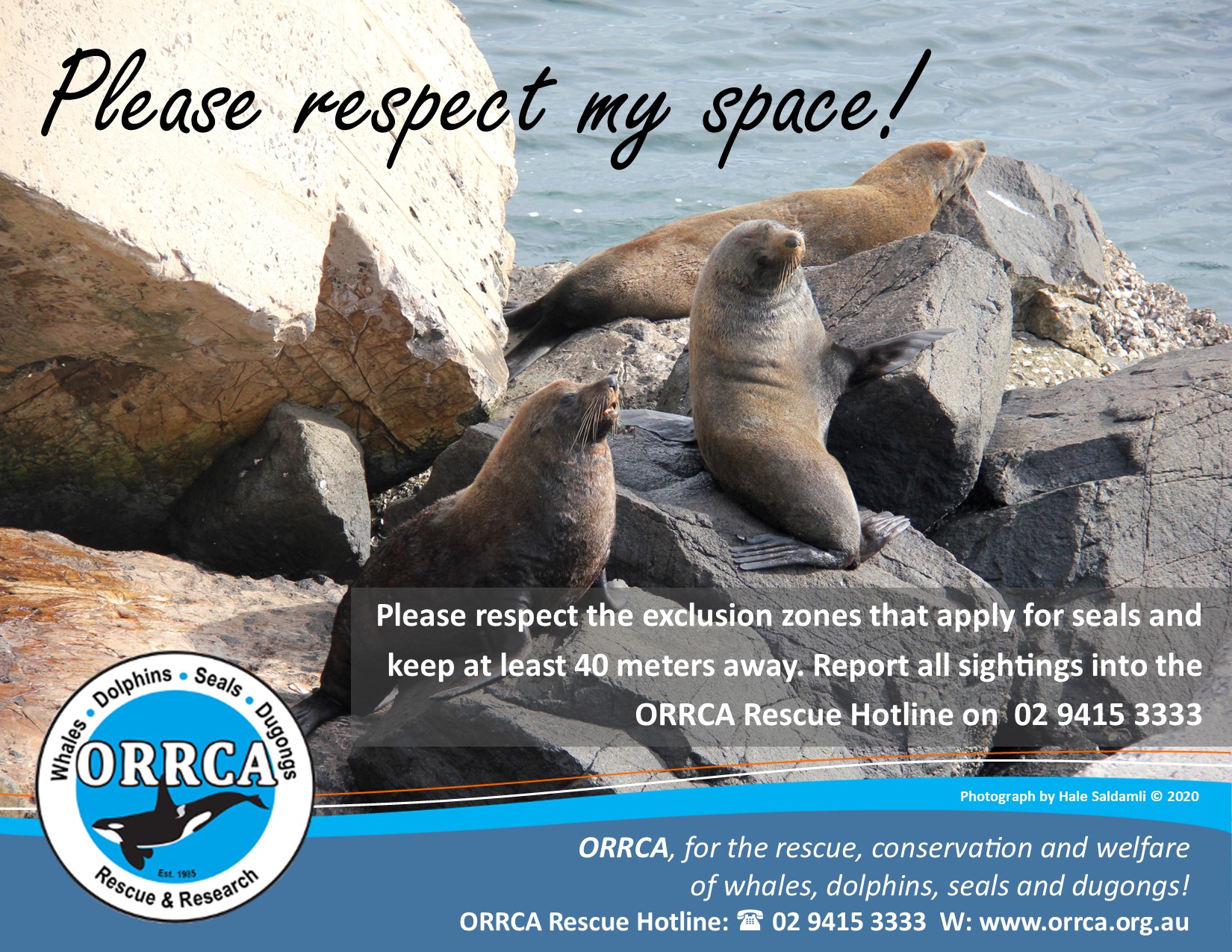
ORRCA Spring Migration Survey
With a successful northern migration complete, the whales are now slowing heading south from the warm tropical waters on their southern migration.
The ORRCA Research Team are super excited to start a new citizen science program in October with the aim of recording the Humpback mums with new calves as they make their way down our coastline on their journey back to Antarctica.
If you would like to join one of our research teams, simply become an ORRCA member via our website and email the team at orrcacensusday@gmail.com for more information.
No experience is necessary. Just a passion and some patience!
We would also open to additional locations if we have the volunteers to support it!
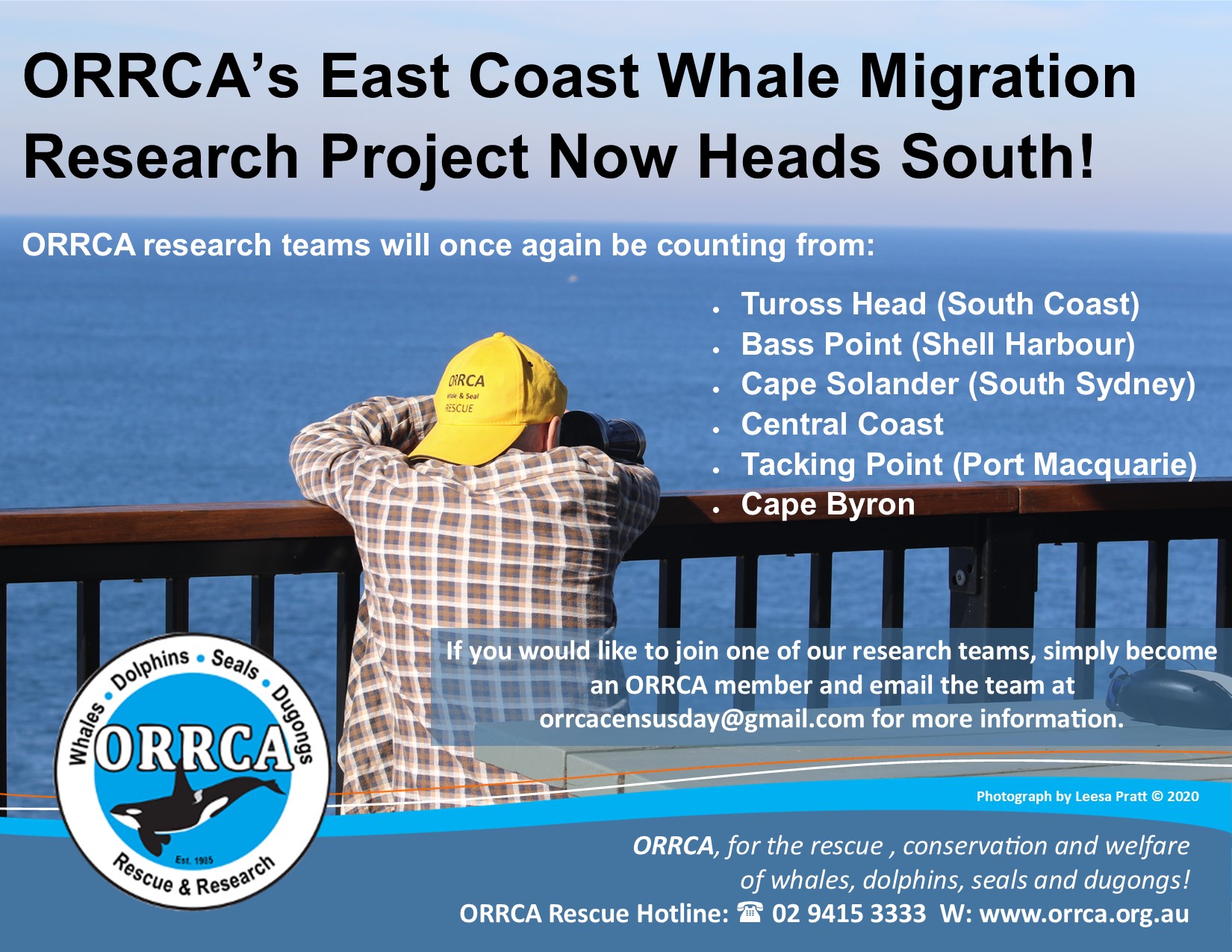
Council's Crown Reserve Land Categorisation: Seeking Your Input
Submissions Close Sunday October 4th, 2020
Council are proposing land categories for 35 Crown reserves as part of an obligation under the Crown Land Management (CLM) Act 2016. The CLM Act legislates that we are required to manage Crown land in the same manner as Community land, in accordance with the Local Government Act 1993.
This is an initial land categorisation process and only relates to current/existing use. It does not propose any change of use for the subject Crown reserves or indicate desired future use.
How to have your say
Council would like your thoughts on their proposed categorisation of these reserves.
To make commenting easier, they've presented the Proposed Crown Reserve Land Categories here in an interactive PDF document. You can also download the whole document here.
If you prefer, you can share your feedback in the submission form or via email council@northernbeaches.nsw.gov.au.
Feedback is also accepted in writing marked 'Crown reserve land categorisation' PO Box 82, Manly NSW 1655.
A few tips to get you started:
- Do you know of other factors impacting on the categorisation of a particular reserve?
- If you think another category would be more suitable, please let us know why.
- Any proposed variation to land categories must be justified in line with the category objectives.
Following this process, Council can then prepare new or updated Plans of Management (PoM) for the affected reserves. The relevant community engagement requirements and process will be followed at that time.
Background
In NSW, Crown land is administered by the Department of Planning, Industry and Environment in accordance with the Crown Land Management (CLM) Act 2016, which came into effect on 1 July 2018. Following an extensive review of how Crown land is managed, the CLM Act was passed in order to create a more simplified management structure.
The CLM Act requires Crown reserves managed by Council to be managed in line with the Local Government Act (LG) Act 1993 in the same manner as Council Community land. The transition requires the affected Crown reserves to be managed via a plan of management (PoM). The first step is to assign the appropriate land categories.
The transition to managing Crown reserves in accordance with the LG Act is to occur by June 30th 2021.
On June 23rd 2020 Council resolved to undertake community consultation on the proposed land categories. Comments will be reported back to Council with a recommendation, along with a summary of community feedback. The Minister will be notified of Council’s preferred categories and, following confirmation from the Minister, PoMs can be prepared.
Katandra Season 2020
Katandra Bushland Sanctuary on Lane Cove Rd Ingleside is now open every Sunday until October 25, 10am-4pm. Visitors to this lovely bushland have recently seen Powerful and Boobook Owls, Swamp Wallabies and Lyrebirds. Visitors, please make a small donation towards management of this Crown Land reserve. More details: http://www.katandra.org/home.htm
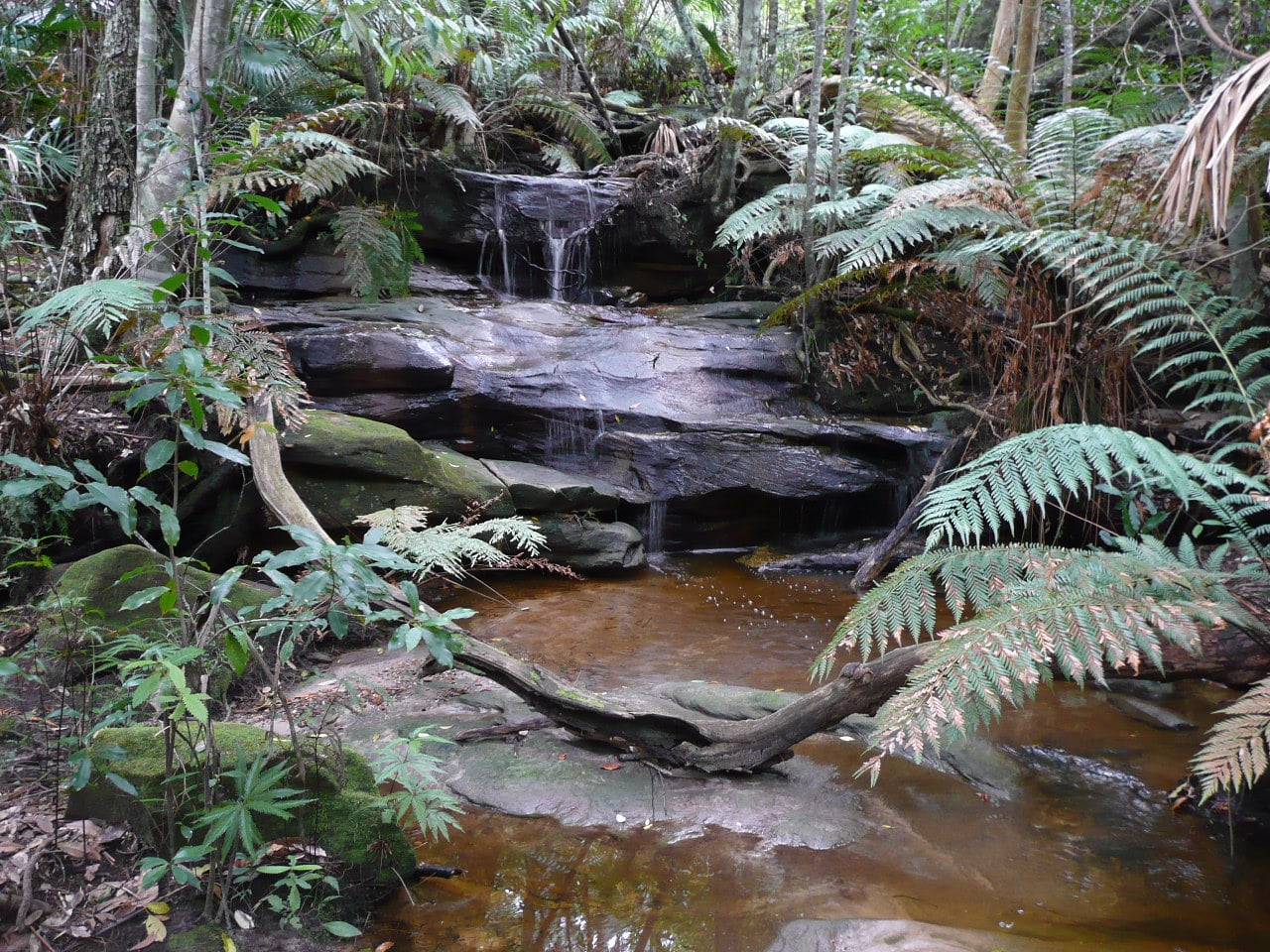
Several creeks flow down the escarpment - photo by Marita Macrae
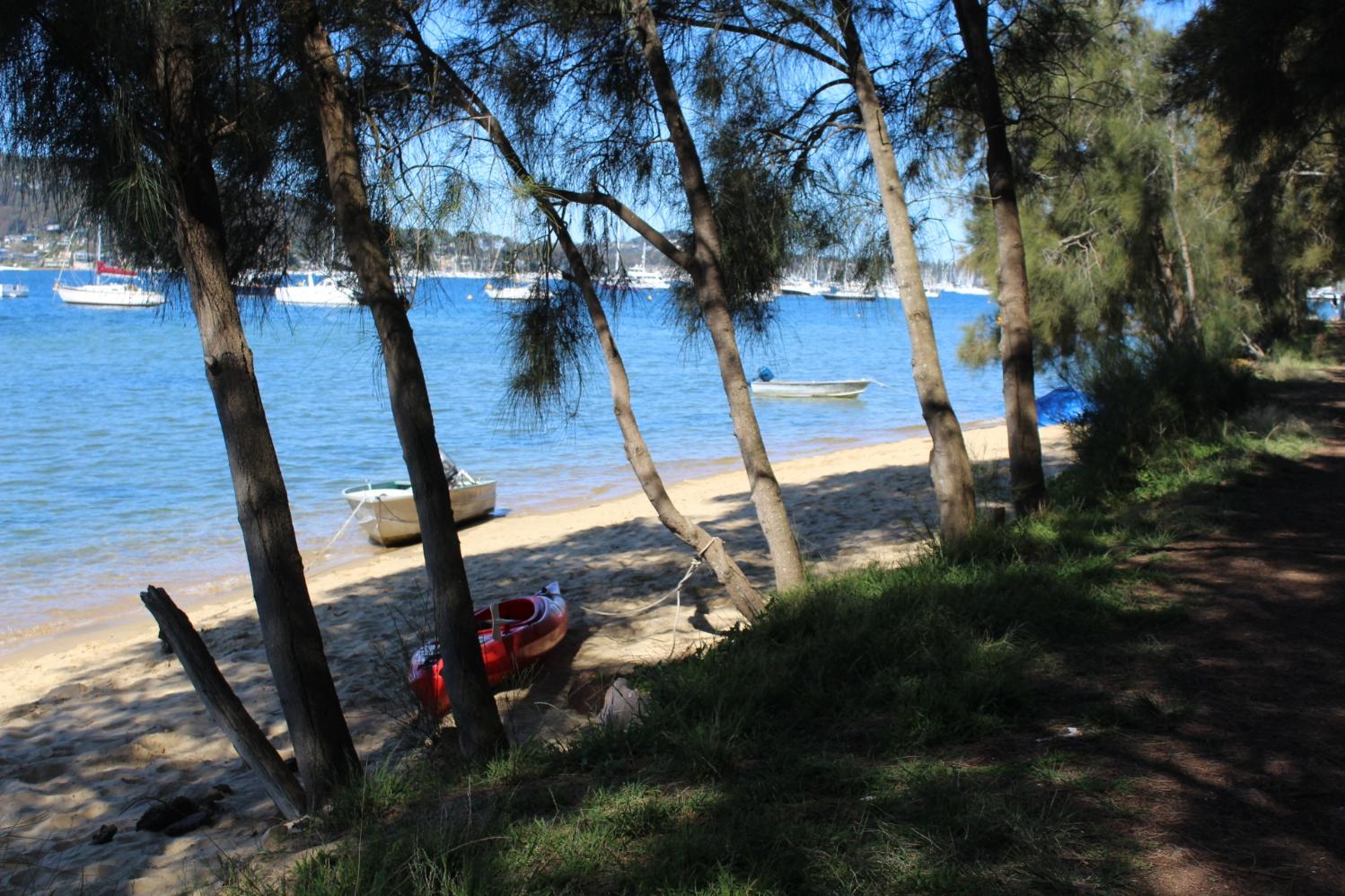
We accidentally found a whole new genus of Australian daisies. You've probably seen them on your bushwalks
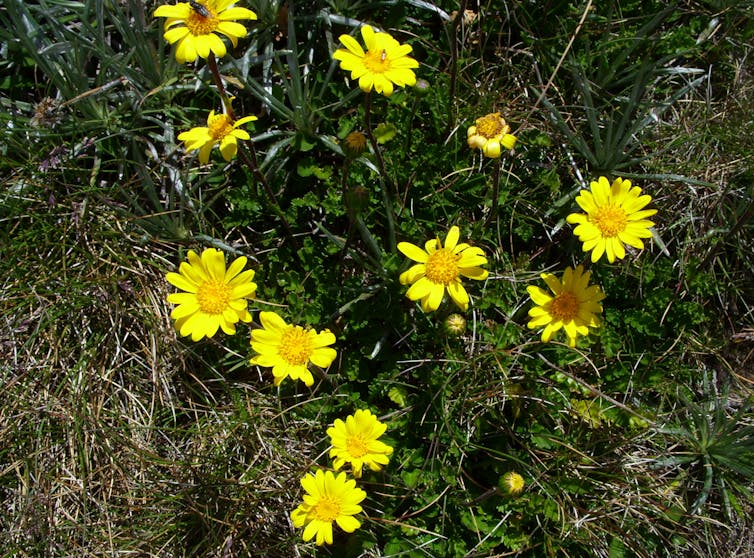
When it comes to new botanical discoveries, one might imagine it’s done by trudging around a remote tropical rainforest. Certainly, that does still happen. But sometimes seemingly familiar plants close to home hold unexpected surprises.
We recently discovered a new genus of Australian daisies, which we’ve named Scapisenecio. And we did so on the computer screen, during what was meant to be a routine analysis to test a biocontrol agent against a noxious weed originally from South Africa.
Read more: Tree ferns are older than dinosaurs. And that's not even the most interesting thing about them
The term “genus” refers to groups of different, though closely related, species of flora and fauna. For example, there are more than 100 species of roses under the Rosa genus, and brushtail possums are members of the Trichosurus genus.
This accidental discovery shows how much is still to be learned about the natural history of Australia. Scapisenecio is a new genus, but thousands of visitors to the Australian Alps see one of its species flowering each summer. If this species was still misunderstood, surely similar surprises are still out there waiting for us.
How It Began
It all started with a biocontrol researcher asking a plant systematist, who looks at the evolutionary history of plants, to help figure out the closest Australian native relatives of the weed, Cape ivy (Delairea odorata).
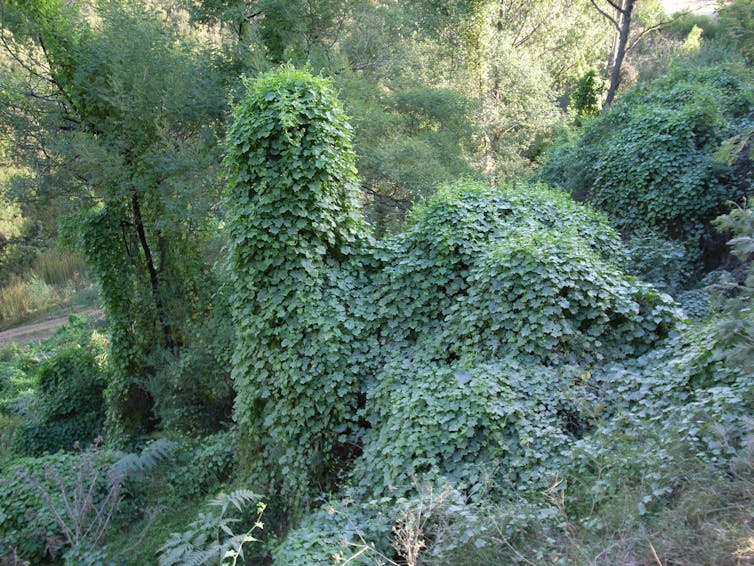
Weeds like Cape ivy cause major damage to agriculture in Australia, displace native vegetation and require extensive management. Biological control (biocontrol) is one way to reduce their impact. This means taking advantage of insects or fungi that attack a weed, generally after introducing them from the weed’s home range.
A well-known Australian example is the introduction of the Cactoblastis moth in 1926 to control prickly pear in Queensland and New South Wales. Even today it continues to keep that weed in check.
Read more: Explainer: how 'biocontrol' fights invasive species
To minimise the risk of selecting a biocontrol agent that will damage native flora, ornamental plants or crops, it’s tested carefully against a list of species of varying degrees of relatedness to the target weed.
Authorities will approve the release of a biocontrol agent only if scientists can show it’s highly specific to the weed. Assembling a list of species to test therefore requires us to understand the evolutionary relationships of the target weed to other plant species.
If such relationships are poorly understood, we might fail to test groups of species that are closely related to the target.
Missing Data
Our target weed Cape ivy is a climbing daisy that has become invasive in temperate forests and coastal woodlands throughout south-eastern Australia. One of us, Ben Gooden, is researching the potential use of Digitivalva delaireae — a stem-boring moth — for its biocontrol.
We tried to design a test list, but could not find up-to-date information on Cape ivy’s relatives. We already knew it is related to the large groundsel genus Senecio, but we didn’t know how closely. And no genetic data existed for many Australian native species of Senecio.
So, we set out to solve this problem together.
First, we assembled already-published DNA sequences for as many Senecio species and relatives as we could find, and then generated sequences for an additional 32 native Australian species.
We then united all these genetic data into a comprehensive phylogenetic analysis. “Phylogenetics” infers the evolutionary relatedness of organisms to each other.
Hidden In The Evolutionary Tree
The resulting “evolutionary tree” showed many of the native Senecio species where we expected them to be. More importantly, however, it showed us that Cape ivy is actually quite distantly related to Senecio.
To our surprise, the analysis also placed several Australian species traditionally belonging to the Senecio genus far outside of it, indicating they didn’t belong to Senecio at all and needed to be renamed.
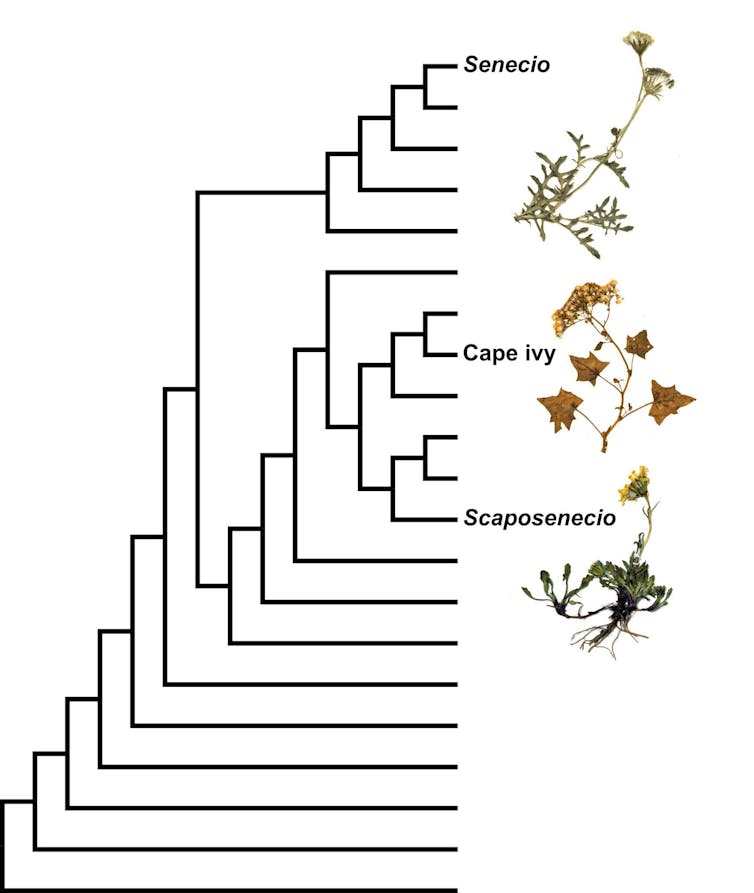
The most interesting group of not-actually-Senecio are five species with leaf rosettes and one (or rarely, a few) flowerheads carried on distinctive stalks.
They’re all restricted to alpine or subalpine areas of south-eastern Australia, and all except one are found only in Tasmania. They turned out to be so unrelated, and so distinct from any other named plant genera, that they have to be recognised as a genus in its own right.
Introducing Scapisenecio
We have now named this new genus as Scapisenecio, after the long flower stalks (scapes) characterising the plants.
The most widespread and common species is Scaposenecio pectinatus, commonly known as the alpine groundsel, which is a familiar sight to hikers and bushwalkers in the Australian mainland alps and the central highlands of Tasmania.
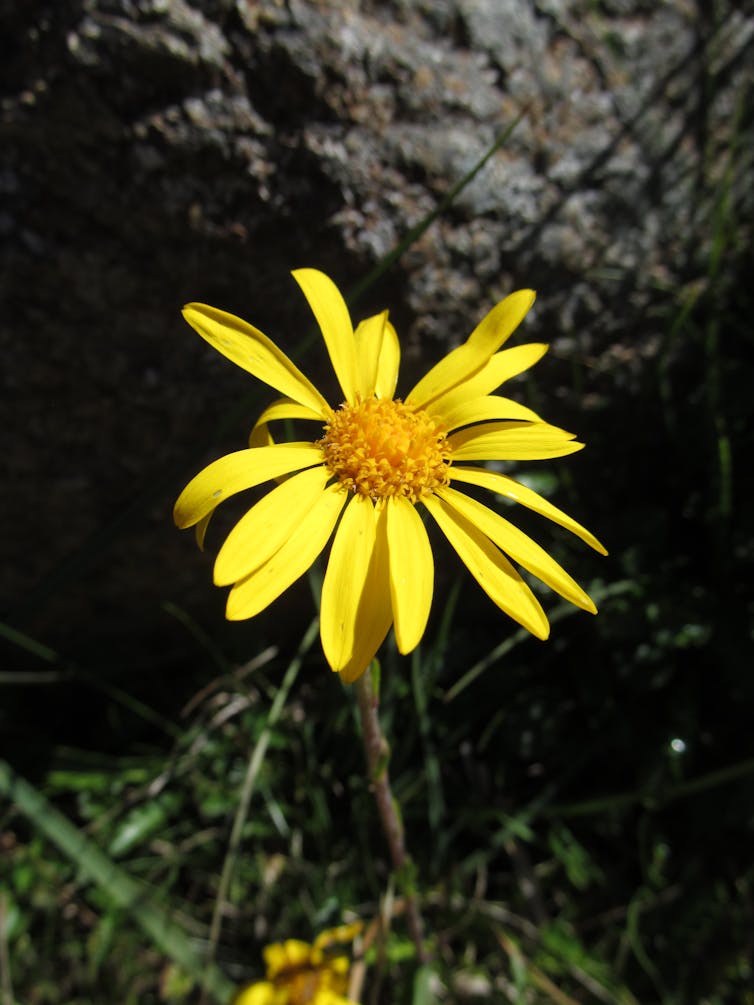
Apart from the excitement of finding a previously undescribed, distinctive genus, these results were also directly relevant to the original purpose of our work: informing a plant list to test possible biocontrol agents.
The traditional misclassification of these species would have misled us about their true relationships. Our new genetic data now allow us to test biocontrol agents on an appropriate sample of species, to minimise risks to our native flora.
It is not often we find that a new, unexpected lineage of plants has existed all along, right in front of us.
Alexander Schmidt-Lebuhn, Research Scientist, CSIRO and Ben Gooden, Plant ecologist, CSIRO
This article is republished from The Conversation under a Creative Commons license. Read the original article.
Bushcare In Pittwater
Where we work Which day What time
Avalon
Angophora Reserve 3rd Sunday 8:30 - 11:30am
Avalon Dunes 1st Sunday 8:30 - 11:30am
Avalon Golf Course 2nd Wednesday 3 - 5:30pm
Careel Creek 4th Saturday 8:30 - 11:30am
Toongari Reserve 3rd Saturday 9 - 12noon (8 - 11am in summer)
Bangalley Headland 2nd Sunday 9 to 12noon
Bayview
Winnererremy Bay 4th Sunday 9 to 12noon
Bilgola
North Bilgola Beach 3rd Monday 9 - 12noon
Algona Reserve 1st Saturday 9 - 12noon
Plateau Park 1st Friday 8:30 - 11:30am
Church Point
Browns Bay Reserve 1st Tuesday 9 - 12noon
McCarrs Creek Reserve Contact Bushcare Officer To be confirmed
Clareville
Old Wharf Reserve 3rd Saturday 8 - 11am
Elanora
Kundibah Reserve 4th Sunday 8:30 - 11:30am
 Mona Vale
Mona Vale Mona Vale Beach Basin 1st Saturday 8 - 11am
Mona Vale Dunes 2nd Saturday +3rd Thursday 8:30 - 11:30am
Newport
Bungan Beach 4th Sunday 9 - 12noon
Crescent Reserve 3rd Sunday 9 - 12noon
North Newport Beach 4th Saturday 8:30 - 11:30am
Porter Reserve 2nd Saturday 8 - 11am
North Narrabeen
Irrawong Reserve 2nd Saturday 2 - 5pm
Palm Beach
North Palm Beach Dunes 3rd Saturday 9 - 12noon
Scotland Island
Catherine Park 2nd Sunday 10 - 12:30pm
Elizabeth Park 1st Saturday 9 - 12noon
Pathilda Reserve 3rd Saturday 9 - 12noon
Warriewood
Warriewood Wetlands 1st Sunday 8:30 - 11:30am
Whale Beach
Norma Park 1st Friday 9 - 12noon
Western Foreshores
Coopers Point, Elvina Bay 2nd Sunday 10 - 1pm
Rocky Point, Elvina Bay 1st Monday 9 - 12noon
Gardens And Environment Groups And Organisations In Pittwater
Tick Population Booming In Our Area
Residents from Terrey Hills and Belrose to Narrabeen and Palm Beach report a high number of ticks are still present in the landscape. Local Veterinarians are stating there has not been the usual break from ticks so far and each day they’re still getting cases, especially in treating family dogs.
To help protect yourself and your family, you should:
- Use a chemical repellent with DEET, permethrin or picaridin.
- Wear light-colored protective clothing.
- Tuck pant legs into socks.
- Avoid tick-infested areas.
- Check yourself, your children, and your pets daily for ticks and carefully remove any ticks using a freezing agent.
- If you have a reaction, contact your GP for advice.
Nominations Open For Australian Biosecurity Awards
The search is on for the next round of biosecurity champions, with nominations now open for round two of the 2020 Australian Biosecurity Awards (ABAs).
Head of biosecurity, Andrew Tongue, said round two included new categories that demonstrate the diversity of biosecurity and the different roles we can all play.
“Australia has faced some tough challenges this year, but maintaining the nation’s biosecurity system has remained a priority,” Mr Tongue said.
“Our biosecurity system strengthens our country’s long-term resilience by safeguarding our economy, food sources, unique environment and way of life.
“It is important to recognise individuals and groups who support our biosecurity and are committed to safeguarding Australia from pests and diseases.
“It is a shared responsibility and we all have a role to play.
“We will be presenting four new award categories for round two—Environmental Biosecurity, Community, Education and the Dr Kim Ritman Award for Science and Innovation.
“The Dr Kim Ritman Award for Science and Innovation was created in honour of Dr Kim Ritman’s contributions as Australia’s Chief Plant Protection Officer.
“The new categories recognise a wider range of stakeholders and the diverse parts of our biosecurity system, as well as emphasise the importance of biosecurity education.
“If you know a group, individual or organisation that deserves to be recognised for their biosecurity work, nominate them today.”
The first round of 2020 ABAs were presented in March, with a range of winners from industry and government.
Round two of the ABAs will be presented at the National Biosecurity Forum in November.
Nominations close on Friday, October 2nd, 2020.
For more information and to put in a nomination, visit agriculture.gov.au/aba.
$10 Million In Grants For Smart Recycling Solutions
August 20, 2020
The Federal Government is further investing in research that will transform Australia’s waste recycling industry to improve the environment, grow the economy and create new jobs.
$10 million will be made available in the latest round of the Cooperative Research Centres Projects (CRC-P) grants program for projects that provide innovative solutions for the recycling and reuse of plastics, paper, glass and tyres.
Launching Round 10 today, Minister for Industry, Science and Technology Karen Andrews said this funding builds on the $20 million the Government invested in Round 8 to find smart solutions to managing Australia’s waste crisis.
“Recycling our waste is more than an environmental imperative, it presents an opportunity for us to grow the economy and create new jobs,” Minister Andrews said.
“This funding will help advance – and more importantly commercialise – new waste processing technologies.
“By bringing industry together with researchers we can develop solutions to environmental problems while creating products and processes that can be used here at home and potentially be exported to the world.”
Minister for the Environment Sussan Ley said the research grants would play a key role in a $1 billion transformation of the waste industry, one that will contribute to a cleaner environment and thousands of new jobs.
“We are driving unprecedented investments in recycling infrastructure,” Minister Ley said.
“Ideas that open up new processes and new markets for recycled products are going to be critical as we change the way we recycle materials for infrastructure, packaging and consumer products.
“Whether it is waste glass replacing virgin sand in concrete sound walls or waste plastic replacing virgin polymers in asphalt we are already seeing new technologies emerge and with support such as this Australia can play a lead role in reducing the pressure on the earth’s resources.”
The funding is part of the Australian Government’s commitment to establish a timetable with the states and territories to ban the export of plastics, paper, glass and tyres. The ban will be phased in, starting with glass on 1 January 2021.
Projects that involve other problem materials, such as building waste, will also be eligible for funding in Round 10.
CRC-Ps can run for up to three years, with grants capped at $3 million. They must have at least two Australian industry partners, including one small or medium sized business.
Close date: October 1, 2020 05:00 PM AEST.
Further information on the CRC-Ps is available at http://www.business.gov.au/crc-p
Reef 2050 Long-Term Sustainability Plan Review
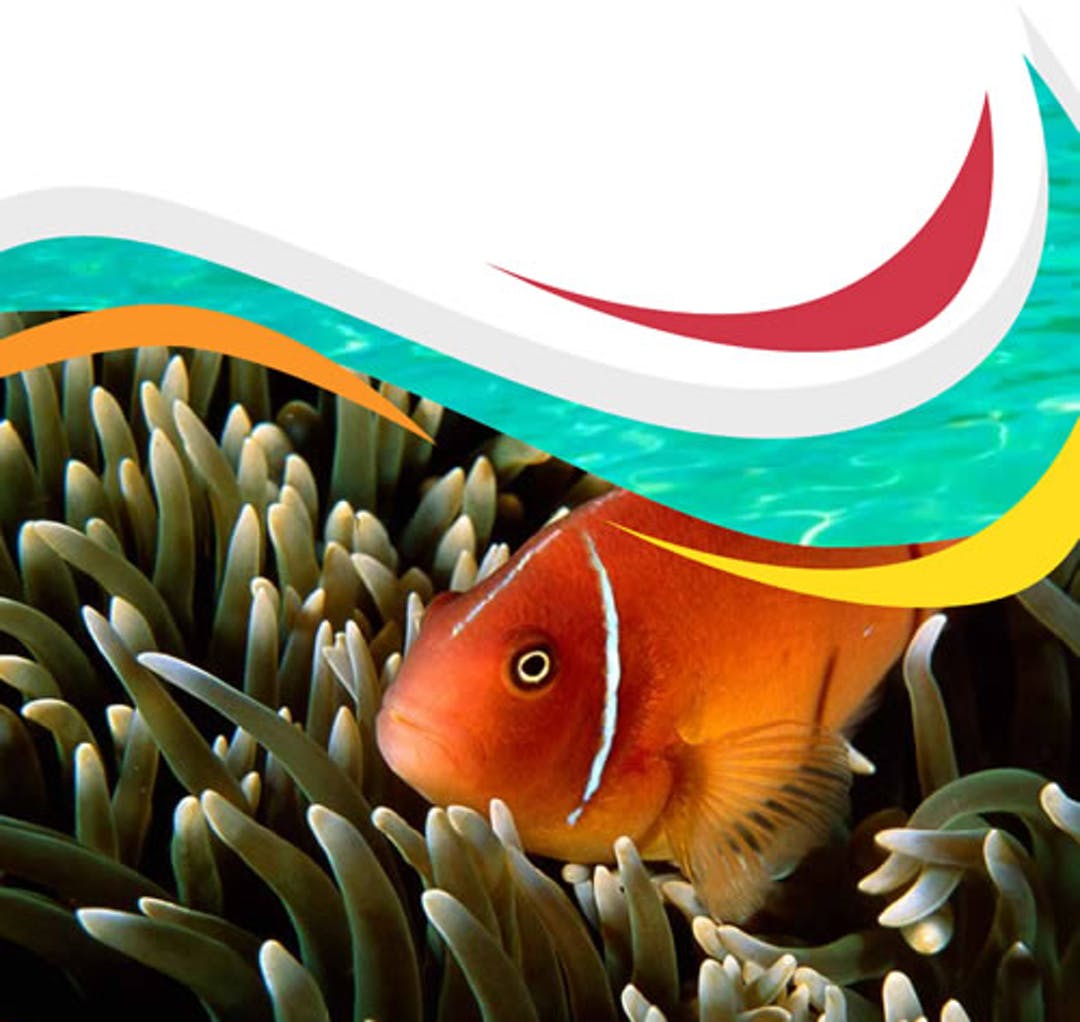 The Australian and Queensland governments are reviewing the Reef 2050 Long-Term Sustainability Plan, also known as the Reef 2050 Plan. This plan is Australia’s long-term strategy to protect and manage the Great Barrier Reef.
The Australian and Queensland governments are reviewing the Reef 2050 Long-Term Sustainability Plan, also known as the Reef 2050 Plan. This plan is Australia’s long-term strategy to protect and manage the Great Barrier Reef.
The plan sets clear actions, management goals, objectives and outcomes. These drive and guide the short, medium and long-term management of the reef.
The review and drafting of the updated Plan is being conducted by:
- Australian Government Department of Agriculture, Water and the Environment
- Great Barrier Reef Marine Park Authority
- Queensland Government Office of the Great Barrier Reef.
Scope of the review
The 2020 Review is the plan’s first 5-yearly review. The Federal Government would like to hear your thoughts on the:
- outcomes, objectives and management goals of the plan
- priority work areas
- strategic actions that deliver outcomes for the Reef.
The Government are seeking your views on the updated Reef 2050 Plan to ensure it contains the right priorities and actions to support the health and resilience of the Great Barrier Reef.
Share your feedback
You can now provide feedback. Your input will help us update the plan.
To have your say:
- read the Reef 2050 Long-Term Sustainability Plan Public Consultation Draft
- read the Reef 2050 Objectives and Management Goals
- read the fact sheet
- take the survey now
Submit your feedback by 11.59pm AEST Wednesday 30 September 2020.
Doodle Comer Swamp Nature Reserve Draft Plan Of Management: Public Consultation
The Doodle Comer Swamp Nature Reserve Draft Plan of Management is available for review and comment.
Public exhibition of the draft plan provides an important opportunity for members of the community to have a say in the future management of Doodle Comer Swamp Nature Reserve. Comments close 28 September 2020.
This plan has been prepared using a new format and presented as 2 separate documents:
- The plan of management which is the 'legal' document that will be provided to the Minister for formal adoption. This is the document we are seeking your feedback on.
- The planning considerations document supports the plan of management. It includes detailed information on park values (e.g. threatened species and cultural heritage) and threats to these values. A summary of this information is in the plan of management.
Doodle Comer Swamp Nature Reserve encompasses about half of the Doodle Comer Swamp, an ephemeral wetland listed in the National Directory of Important Wetlands and the largest wetland of its type in southern NSW. The catchment for Doodle Comer Swamp is unregulated and the wetland has an unaltered water flow regime, now uncommon in New South Wales inland wetlands and of high conservation value.
When inundated, Doodle Comer Swamp attracts large numbers of waterbirds that use the swamp for breeding and foraging. When dry, the wetland provides habitat for the threatened bush stone-curlew, listed as endangered in New South Wales. Other threatened animals found include brolga and superb parrot. The reserve contains several threatened ecological communities such as Inland Grey Box Woodland and Sandhill Pine Woodland.
Doodle Comer Swamp is part of the Country of the Wiradjuri speaking nation and is part of a larger network of swamps and lagoons across the Riverina that formed a significant part of the cultural landscape, sustaining the Wiradjuri with an extensive range of resources for thousands of years. A diverse range of Aboriginal sites exist in the reserve and surrounding area and in 2016 Doodle Comer was declared an Aboriginal place recognising these values and the wetland's special significance to Aboriginal culture.
What is a plan of management?
Parks and reserves established under the National Parks and Wildlife Act 1974 need to have a plan of management. The plan includes information on important park values and provides directions for future management. The plan of management is a legal document, and after the plan is adopted all operations and activities in the park must be in line with the plan. From time to time plans of management are amended to support changes to park management. Visit: Doodle Comer Swamp Nature Reserve Draft Plan of Management - PDF, 2.3MB
The National Parks and Wildlife Act sets out the matters that need to be considered when preparing a plan of management. These matters are addressed in the supporting Doodle Comer Swamp Nature Reserve Draft Plan of Management: Planning considerations document.
Why is a plan being prepared now?
Since the park`s reservation in 2011, it has been managed according to a statement of management intent. After a park's reservation and before the release of its plan of management, a statement of management intent is prepared outlining the management principles and priorities for the park's management. This statement documents the key values, threats and management directions for the park. It is not a statutory document and a plan of management will still need to be prepared according to the National Parks and Wildlife Act 1974.
Publication of a draft or final plan will replace the statement of management intent for the relevant parks covered.
What opportunities will the community have to comment?
The draft plan of management is on public exhibition until 28 September 2020 and anyone can review the plan of management and provide comments.
When will the plan of management be finalised?
At the end of the public exhibition period in September 2020 we will review all submissions, prepare a submissions report and make any necessary changes to the draft plan of management. The Far West Regional Advisory Committee and the National Parks and Wildlife Advisory Council will then review the plan along with the submissions and report, as required by the National Parks and Wildlife Act.
Once their input has been considered and any further changes made to the plan of management, we provide the plan to the Minister for Energy and Environment. The plan of management is finalised when the Minister formally adopts the plan under the National Parks and Wildlife Act. Once a plan is adopted it is published on the Department website and a public notice is advertised in the NSW Government Gazette.
How can I get more information about the draft plan?
For further information on the plan of management please contact the Park Management Planning Team at npws.parkplanning@environment.nsw.gov.au.
How can I comment on the draft plan?
Public exhibition for the plan of management is from 26 June 2020 until 28 September 2020. You are invited to comment on the draft plan by sending a written submission during this time.
Have your say
Public exhibition is from 26 June 2020 to 28 September 2020.
You can provide your written submission in any of the following ways:
Post your written submission to:
Manager Planning Evaluation and Assessment
Locked Bag 5022
Parramatta NSW 2124
Email your submission to: npws.parkplanning@environment.nsw.gov.au
Make a submission online by using the online form here
Tollingo Nature Reserve And Woggoon Nature Reserve Draft Plan Of Management: Public Consultation
The Tollingo Nature Reserve and Woggoon Nature Reserve Draft Plan of Management is available for review and comment.
Public exhibition of the draft plan provides an important opportunity for members of the community to have a say in the future management of Tollingo Nature Reserve and Woggoon Nature Reserve. Comments close 28 September 2020.
This plan has been prepared using a new format which is presented as two separate documents:
- The plan of management which is the legal document that will be provided to the Minister for formal adoption. This is the document we are seeking your feedback on.
- The planning considerations document supports the plan of management. It includes detailed information on park values (e.g. threatened species and cultural heritage) and threats to these values. A summary of this information is provided in the plan of management.
Tollingo Nature Reserve and Woggoon Nature Reserve are significant as two of the largest remaining mallee remnants in New South Wales. The largely intact old-age mallee vegetation is rare in the Central West, which is mostly used for agriculture. The reserves provide habitat for the endangered malleefowl and other native animals.
Tollingo Nature Reserve is shared Country for the Ngiyampaa and Wiradjuri people, while Woggoon Nature Reserve is within Wiradjuri traditional Country.
What is a plan of management?
Parks and reserves established under the National Parks and Wildlife Act 1974 need to have a plan of management. The plan includes information on important park values and provides directions for future management. The plan of management is a legal document, and after the plan is adopted all operations and activities in the park must be in line with the plan. From time to time plans of management are amended to support changes to park management.
The National Parks and Wildlife Act sets out the matters that need to be considered when preparing a plan of management. These matters are addressed in the supporting Tollingo Nature Reserve and Woggoon Nature Reserve Draft Planning Considerations document. This document may be updated from time to time, for example, to include new information on the values of the park (e.g. new threatened species), new management approaches (e.g. a new pest management technique) or new park programs. Visit Tollingo Nature Reserve and Woggoon Nature Reserve Draft Plan of Management - PDF 2.3MB
Why is a plan being prepared now?
This plan of management will replace the statement of management intent which was approved in 2014. Statements of management intent are non-statutory documents which summarise the key values and management directions for a park.
Since reservation in 1988 and 1974 respectively, Tollingo and Woggoon nature reserves have been managed according to a statement of management intent. After a park's reservation and before the release of its plan of management, a statement of management intent is prepared outlining the management principles and priorities for the park's management. This statement documents the key values, threats and management directions for the park. It is not a statutory document and a plan of management will still need to be prepared according to the National Parks and Wildlife Act 1974. Publication of a draft or final plan will replace the statements of management intent for the relevant parks covered.
What opportunities will the community have to comment?
The draft plan of management and planning considerations are on public exhibition until 28 September 2020 and anyone can provide comments.
When will the plan of management be finalised?
At the end of the public exhibition period in September 2020, National Parks and Wildlife Service (NPWS) will review all submissions, prepare a submissions report and make any necessary changes to the draft plan of management. The West Regional Advisory Committee and the National Parks and Wildlife Advisory Council will then review the plan along with the submissions and report, as required by the National Parks and Wildlife Act.
Once their input has been considered and any further changes made to the plan of management, we provide the plan to the Minister for Energy and Environment. The plan of management is finalised when the Minister adopts the plan under the National Parks and Wildlife Act. Once a plan is adopted it is published on the Department's website.
How can I get more information about the draft plan?
For further information on the plan of management please contact the NPWS Park Management Planning Team at npws.parkplanning@environment.nsw.gov.au
Where can I see a printed copy of the draft plan?
Hard copies are available for viewing at the following locations:
- National Parks and Wildlife Service (NPWS) office, Camp Street, Forbes
- Condobolin Library, 130 Bathurst Street, Condobolin
How can I comment on the draft plan?
Public exhibition for the plan of management is from 26 June until 28 September 2020. You are invited to comment on the draft plan by sending a written submission during this time.
Your privacy
Your submission will be provided to a number of statutory advisory bodies (including the relevant regional advisory committee and the National Parks and Wildlife Advisory Council). Your comments on the draft plan may include 'personal information'. the Department complies with the NSW Privacy and Personal Information Protection Act 1998 which regulates the collection, storage, access, amendment, use and disclosure of personal information. See our privacy webpage for details. Information that in some way identifies you may be gathered when you use our website or send us correspondence.
If an application to access information under the Government Information (Public Access) Act 2009 requests access to your submission, your views about release will be sought if you have indicated that you object to your submission being made public.
While all submissions count, they are most effective when we understand your ideas and the outcomes you want for park management. Some suggestions to help you write your submission are:
- Write clearly and be specific about the issues that are of concern to you.
- Note which part or section of the plan your comments relate to.
- Give reasoning in support of your points – this makes it easier for us to consider your ideas and will help avoid misinterpretation.
- Tell us specifically what you agree/disagree with and why you agree/disagree.
- Suggest solutions or alternatives to managing the issue if you can.
Have your say
Public exhibition is from 26 June 2020 to 28 September 2020.
You can provide your written submission in any of the following ways:
Post your written submission to:
Manager Planning Evaluation and Assessment
Locked Bag 5022
Parramatta NSW 2124
Email your submission to: npws.parkplanning@environment.nsw.gov.au
Make a submission online by using the online form here
Limeburners Creek National Park, Goolawah National Park And Goolawah Regional Park: Public Consultation
Planning for the future –NSW National Parks and Wildlife Service is preparing a new plan of management for Limeburners Creek National Park, Goolawah National Park and Goolawah Regional Park.
These parks are in the traditional Country of the Dunghutti and Birpai Aboriginal Peoples. The parks play a fundamental role in the lives of local Aboriginal people, helping to maintain a tangible link to the past and enabling continued connections to Country.
The existing plan of management for Limeburners Creek National Park was written in 1998. The areas that are now Goolawah National Park and Goolawah Regional Park were formerly Goolawah State Park and Crown land. Initial community consultation about the Goolawah parks was undertaken in 2012, soon after they were transferred to National Parks and Wildlife Service.
Since this time large new areas have been added to the parks, including the intertidal zone on some of the beaches. There has also been a steady increase in visitors, and new recreational uses have become popular. Information about the values of the park has improved and new approaches to managing fire, pests and weeds have been developed.
Accommodating all of these visitors, maintaining the unique visitor experience and protecting the environment is challenging. Good planning is essential to manage increasing demand and provide sustainable visitor facilities and opportunities while minimising impacts and retaining the natural and low key nature of this beautiful stretch of coast. The development of a new combined plan of management will help to protect the parks' unique values and improve the effectiveness of how we manage the parks.
What opportunities will the community have to contribute to the development of a new plan of management?
Previous consultation, including a community forum, identified a range of issues important to the local community which will be considered in the new plan. It is now time to reach out and reconnect with our neighbours, stakeholders and local communities, as well as extending the invitation to the wider community of park users.
There are now 2 opportunities to be involved in the development of the plan of management for Goolawah Regional Park and Goolawah and Limeburners Creek national parks:
- During the development of the draft plan - register your interest below to receive updates and be notified of further consultation dates. Complete the form to provide your ideas on what you believe are the most important values of the parks and how they should be managed in the future. Your input will be used to draft a plan that reflects community values and aspirations.
- During public exhibition of the draft plan - there will be another opportunity to have your say when the draft plan of management is completed and put on public exhibition for 90 days. Anyone can submit comments on the draft plan during this time.
Register your interest
Complete the online form here to register your interest, provide initial input and be notified of further consultation dates. Tell us what is important to you about the parks and what you would like to see in the future. Comments close 30 October 2020.
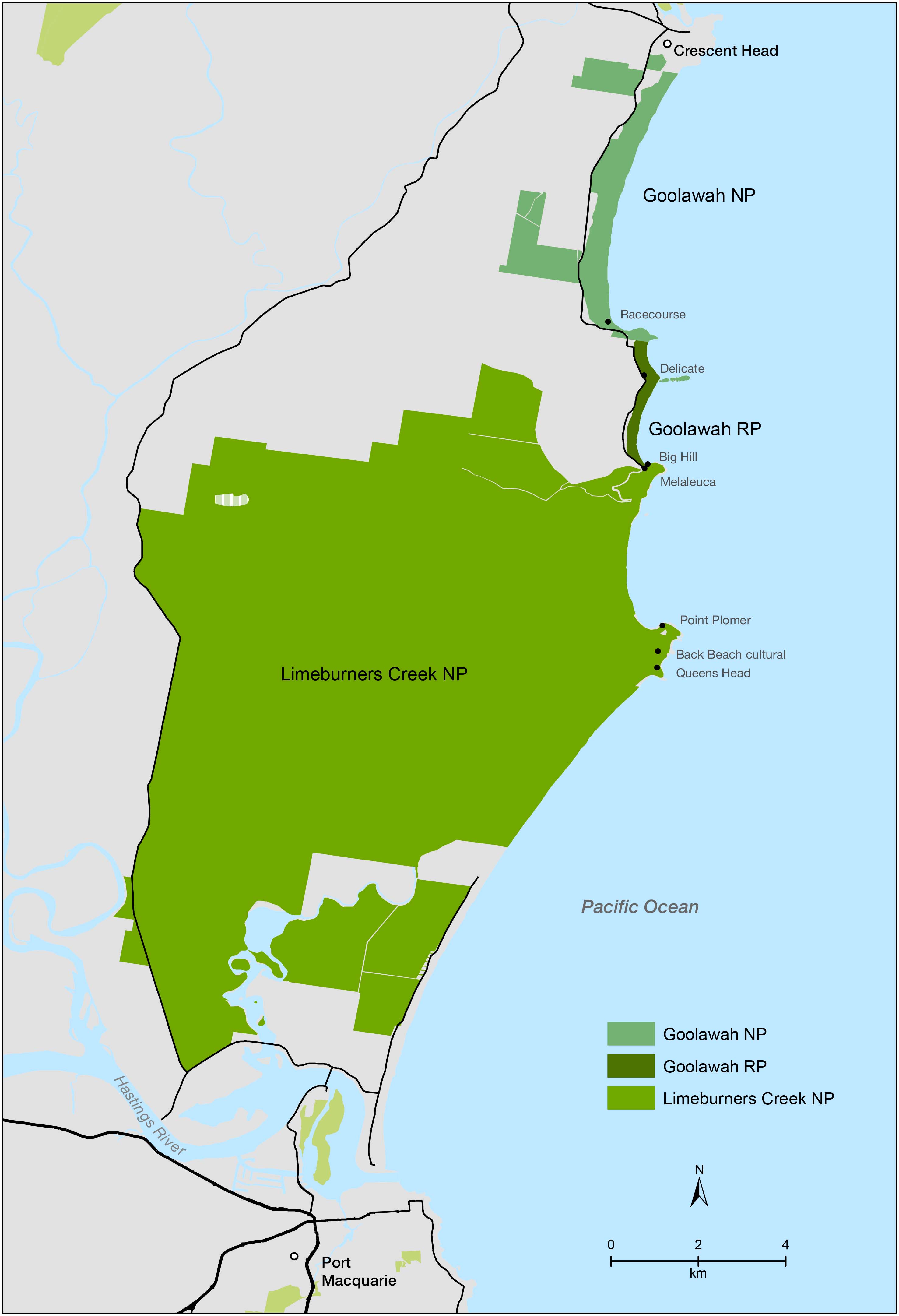
Limeburners Creek National Park, Goolawah National Park and Goolawah Regional Park engagement map Photo: DPIE
 New Shorebird Identification Booklet
New Shorebird Identification Booklet
The Migratory Shorebird Program has just released the third edition of its hugely popular Shorebird Identification Booklet. The team has thoroughly revised and updated this pocket-sized companion for all shorebird counters and interested birders, with lots of useful information on our most common shorebirds, key identification features, sighting distribution maps and short articles on some of BirdLife’s shorebird activities.
The booklet can be downloaded here in PDF file format: http://www.birdlife.org.au/documents/Shorebird_ID_Booklet_V3.pdf
Paper copies can be ordered as well, see http://www.birdlife.org.au/projects/shorebirds-2020/counter-resources for details.
Download BirdLife Australia's children’s education kit to help them learn more about our wading birdlife
Shorebirds are a group of wading birds that can be found feeding on swamps, tidal mudflats, estuaries, beaches and open country. For many people, shorebirds are just those brown birds feeding a long way out on the mud but they are actually a remarkably diverse collection of birds including stilts, sandpipers, snipe, curlews, godwits, plovers and oystercatchers. Each species is superbly adapted to suit its preferred habitat. The Red-necked Stint is as small as a sparrow, with relatively short legs and bill that it pecks food from the surface of the mud with, whereas the Eastern Curlew is over two feet long with a exceptionally long legs and a massively curved beak that it thrusts deep down into the mud to pull out crabs, worms and other creatures hidden below the surface.
Some shorebirds are fairly drab in plumage, especially when they are visiting Australia in their non-breeding season, but when they migrate to their Arctic nesting grounds, they develop a vibrant flush of bright colours to attract a mate. We have 37 types of shorebirds that annually migrate to Australia on some of the most lengthy and arduous journeys in the animal kingdom, but there are also 18 shorebirds that call Australia home all year round.
What all our shorebirds have in common—be they large or small, seasoned traveller or homebody, brightly coloured or in muted tones—is that each species needs adequate safe areas where they can successfully feed and breed.
The National Shorebird Monitoring Program is managed and supported by BirdLife Australia.
This project is supported by Glenelg Hopkins Catchment Management Authority and Hunter Local Land Services through funding from the Australian Government’s National Landcare Program. Funding from Helen Macpherson Smith Trust and Port Phillip Bay Fund is acknowledged.
The National Shorebird Monitoring Program is made possible with the help of over 1,600 volunteers working in coastal and inland habitats all over Australia.
The National Shorebird Monitoring program (started as the Shorebirds 2020 project initiated to re-invigorate monitoring around Australia) is raising awareness of how incredible shorebirds are, and actively engaging the community to participate in gathering information needed to conserve shorebirds.
In the short term, the destruction of tidal ecosystems will need to be stopped, and our program is designed to strengthen the case for protecting these important habitats.
In the long term, there will be a need to mitigate against the likely effects of climate change on a species that travels across the entire range of latitudes where impacts are likely.
The identification and protection of critical areas for shorebirds will need to continue in order to guard against the potential threats associated with habitats in close proximity to nearly half the human population.
Here in Australia, the place where these birds grow up and spend most of their lives, continued monitoring is necessary to inform the best management practice to maintain shorebird populations.
BirdLife Australia believe that we can help secure a brighter future for these remarkable birds by educating stakeholders, gathering information on how and why shorebird populations are changing, and working to grow the community of people who care about shorebirds.
To find out more visit: http://www.birdlife.org.au/projects/shorebirds-2020/shorebirds-2020-program
Pittwater Reserves
Aussie Bread Tags Collection Points

Class Of 2020 Year 12 Graduation Ceremonies: Congratulations And Well Done!
Hope you take a chance to exhale over the Spring Holidays
Barrenjoey High School:
At the Graduation Ceremony on Friday 25th September an ex-Barrenjoey graduate (Claire McMullen – 2011) live from Washington via Zoom and students celebrated the achievements of the departing Year 12. Sadly the school was not permitted to host parents so the event was livestreamed so friends and family could view the ceremony.
On Thursday Year 12 still managed to participate in the traditional Barrenjoey Lighthouse walk to celebrate the end of secondary schooling and the beginning of life beyond. Held at sunrise it involved Ms Wilson, Ms Harrington, Year 12 and many staff walking to the Barrenjoey Lighthouse to see the sun rise while other staff cooked a great breakfast at Palm Beach for when the walkers returned.
At the Ceremony many Year 12 students received numerous awards in recognition of their fine efforts and achievements throughout their secondary schooling.
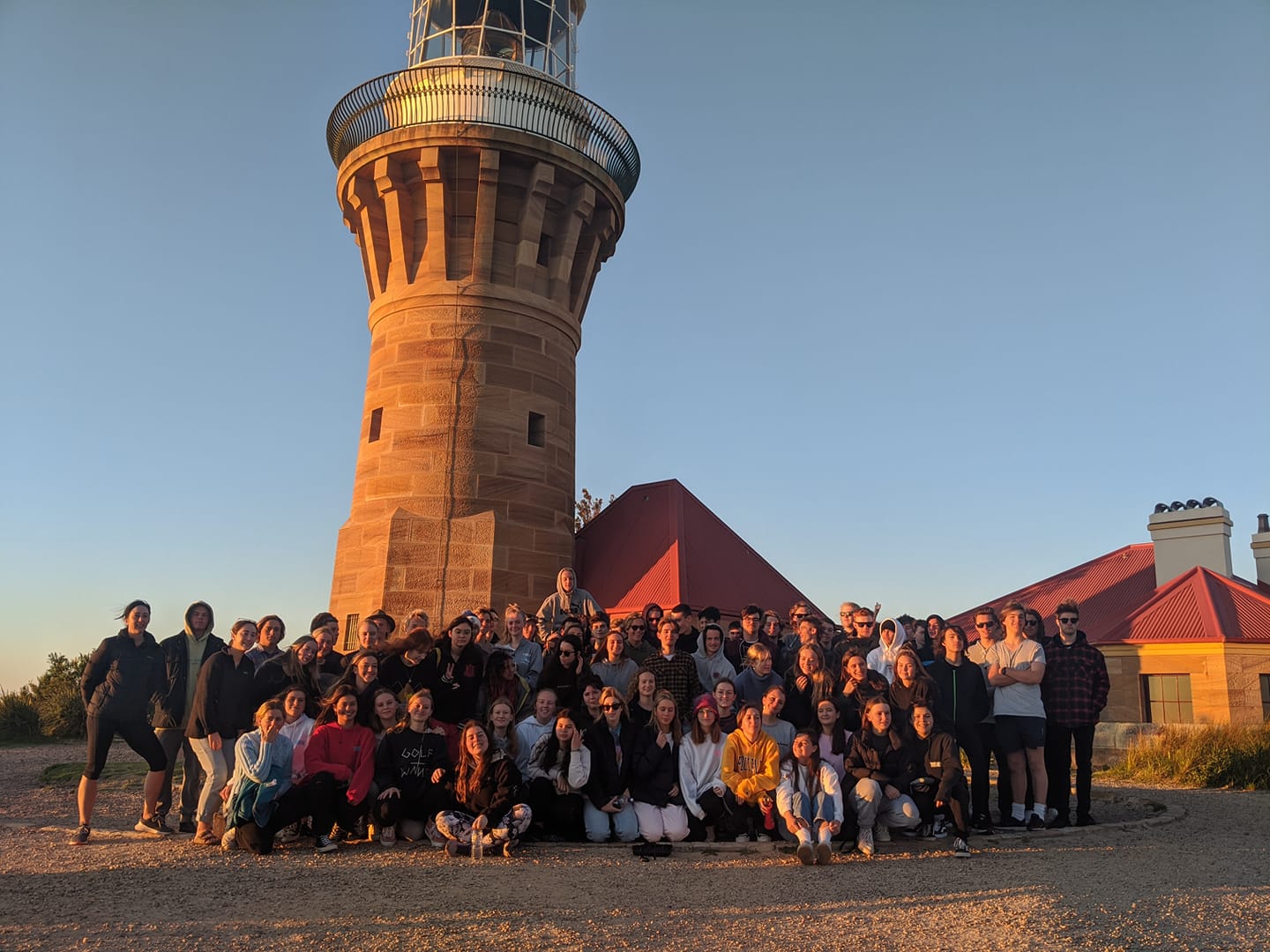
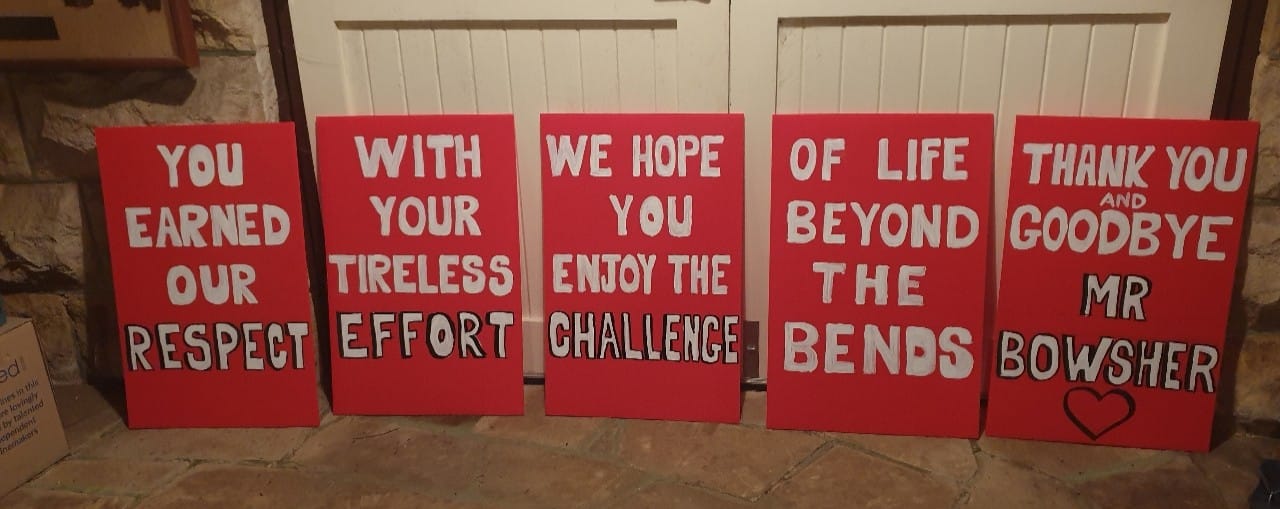
On the Bilgola Bends - BHS Tribute
Narrabeen Sports High School:
We have been thrilled to be able to share the Year 12 Graduation Ceremony with so many parents and family; here and overseas.
Our livestream broadcast allowed our students' nearest and dearest to be a part of their big day and we are so grateful to everyone who tuned in and took the time to let us know how special it was for them too.
Parents will be as proud as we are of their wonderful graduating children. These times may be challenging when it comes to being able to include the community in what we used to take for granted. But we are very grateful to the teachers and staff who have worked on pulling this event together to celebrate the achievement of our students. They without doubt enjoyed their big send off.
Thank you to Ms Stiles and Mr Mitchell for all their care of this group of students. I'm sure we spotted a few tears...
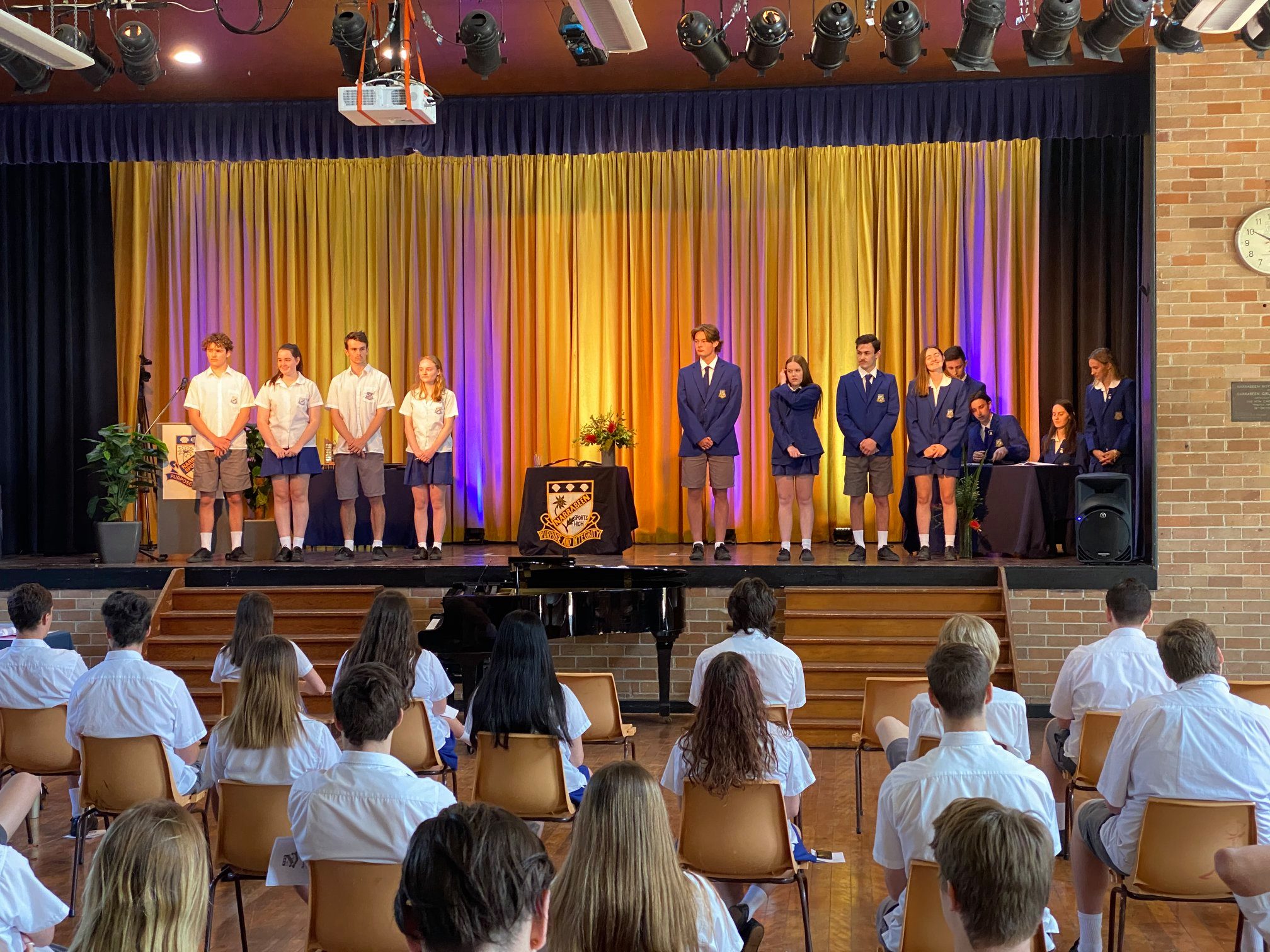
Pittwater High School:
We are so proud of our brilliant year 12 students. On Friday the Graduation Ceremony was held with the Year 12 students being applauded by their fellow PHS alumni on a walk from the hall.
On Wednesday we had some fantastic outfits on display, including our teachers who dressed in school uniform!
Well done year 12, for getting through such a unique and challenging year. We are proud of you.
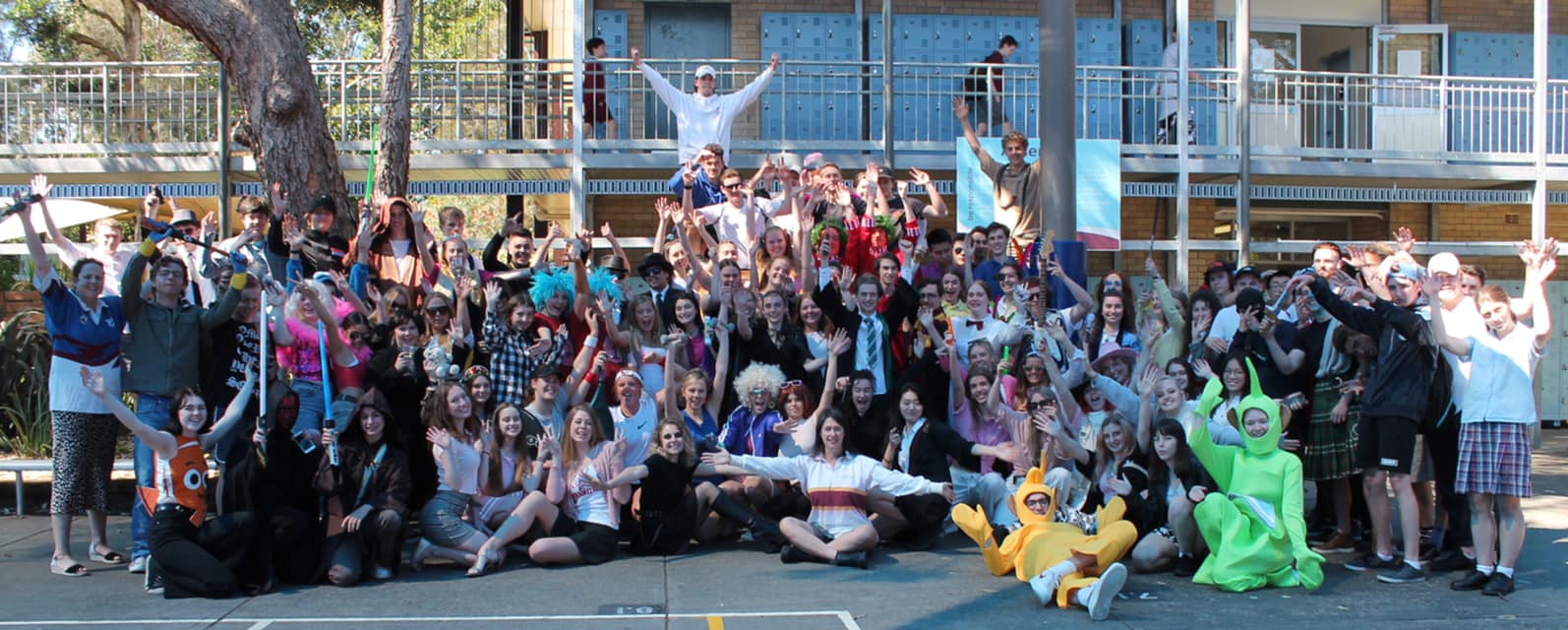
Free Online HSC Exam Revision Lectures
September 28 - October 2, 2020
Join over 15,000 HSC students that tune in to our live-streamed lectures
Register at: https://atarnoteslectures.com/nsw
Since 2015, ATAR Notes has delivered more than 1,000 free lectures across Australia, including more than 400 in New South Wales alone. Our high-achieving lecturers have helped thousands of students.
Registering for these lectures will give you an advantage, with lectures available for both HSC Exam Revision and HSC Head Start. Registering can help by giving you:
- Exclusive access to the online live streams
- An overview of important content and topics to be aware of
- Explanations of tricky areas so you don’t fall behind in class
- More confidence in tackling your subjects
- Top tips and tricks for the best ways to study and revise for assessments
- The chance to learn from some of the HSC’s best tutors
You should register for all of your subjects on offer - there are dozens of subjects available.
Guide to the classics: A Room of One's Own, Virginia Woolf's feminist call to arms
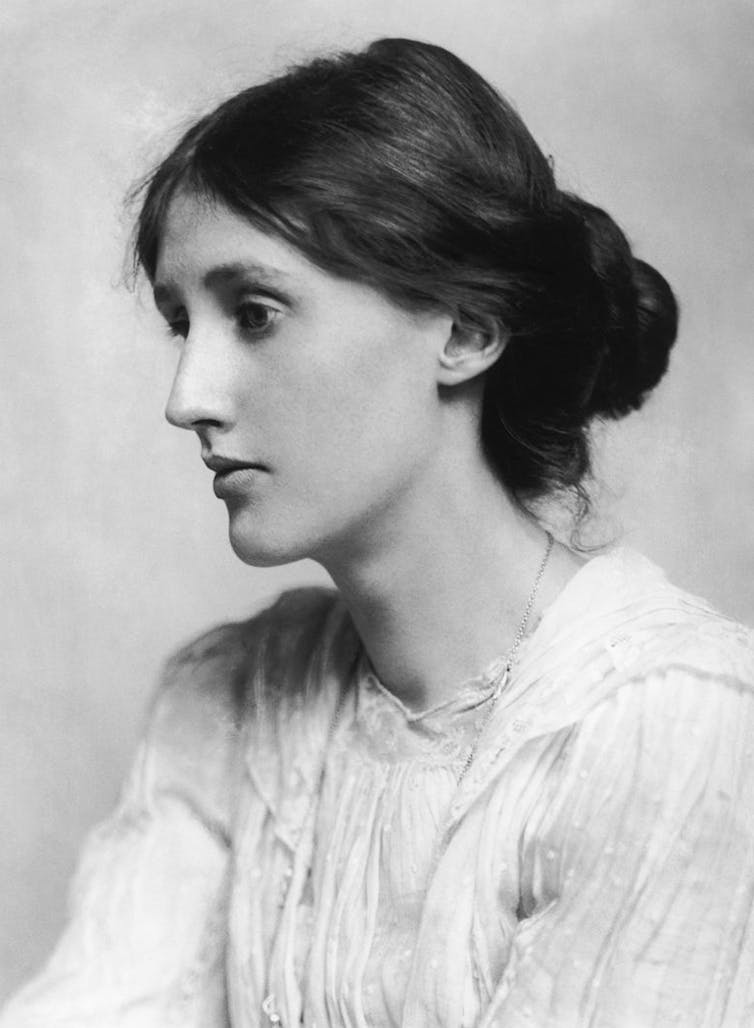
I sit at my kitchen table to write this essay, as hundreds of thousands of women have done before me. It is not my own room, but such things are still a luxury for most women today. The table will do. I am fortunate I can make a living “by my wits,” as Virginia Woolf puts it in her famous feminist treatise, A Room of One’s Own (1929).
That living enabled me to buy not only the room, but the house in which I sit at this table. It also enables me to pay for safe, reliable childcare so I can have time to write.
It is as true today, therefore, as it was almost a century ago when Woolf wrote it, that “a woman must have money and a room of her own if she is to write fiction” — indeed, write anything at all.
Still, Woolf’s argument, as powerful and influential as it was then — and continues to be — is limited by certain assumptions when considered from a contemporary feminist perspective.
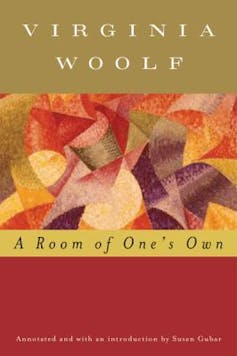
Woolf’s book-length essay began as a series of lectures delivered to female students at the University of Cambridge in 1928. Its central feminist premise — that women writer’s voices have been silenced through history and they need to fight for economic equality to be fully heard — has become so culturally pervasive as to enter the popular lexicon.
Julia Gillard’s A Podcast of One’s Own, takes its lead from the essay, as does Anonymous Was a Woman, a prominent arts funding body based in New York.

Even the Bechdel-Wallace test, measuring the success of a narrative according to whether it features at least two named women conversing about something other than a man, can be seen to descend from the “Chloe liked Olivia” section of Woolf’s book. In this section, the hypothetical characters of Chloe and Olivia share a laboratory, care for their children, and have conversations about their work, rather than about a man.
Woolf’s identification of women as a poorly paid underclass still holds relevance today, given the gender pay gap. As does her emphasis on the hierarchy of value placed on men’s writing compared to women’s (which has led to the establishment of awards such as the Stella Prize).
Read more: Friday essay: science fiction's women problem
Invisible Women
In her book, Woolf surveys the history of literature, identifying a range of important and forgotten women writers, including novelists Jane Austen, George Eliot and the Brontes, and playwright Aphra Behn.
In doing so, she establishes a new model of literary heritage that acknowledges not only those women who succeeded, but those who were made invisible: either prevented from working due to their sex, or simply cast aside by the value systems of patriarchal culture.
To illustrate her point, she creates Judith, an imaginary sister of the playwright Shakespeare.
What if such a woman had shared her brother’s talents and was as adventurous, “as agog to see the world” as he was? Would she have had the freedom, support and confidence to write plays? Tragically, she argues, such a woman would likely have been silenced — ultimately choosing suicide over an unfulfilled life of domestic servitude and abuse.
In her short, passionate book, Woolf examines women’s letter writing, showing how it can illustrate women’s aptitude for writing, yet also the way in which women were cramped and suppressed by social expectations.
She also makes clear that the lack of an identifiable matrilineal literary heritage works to impede women’s ability to write.
Indeed, the establishment of those major women writers in the 18th and 19th centuries (George Eliot, the Brontes et al), when “the middle-class woman began to write” is, Woolf argues, a moment in history “of greater importance than the Crusades or the War of the Roses”.
Male critics such as T.S. Eliot and Harold Bloom have identified a (male) writer’s relation to his precursors as necessary for his own literary production. But how, Woolf asks, is a woman to write if she has no model to look back on or respond to? If we are women, she wrote, “we think back through our mothers”.

Read more: #ThanksforTyping: the women behind famous male writers
Her argument inspired later feminist revisionist work of literary critics like Elaine Showalter, Sandra K. Gilbert and Susan Gubar who sought to restore the reputation of forgotten women writers and turn critical attention to women’s writing as a field worthy of dedicated study.
All too often in history, Woolf asserts, “Woman” is simply the object of the literary text — either the adored, voiceless beauty to whom the sonnet is dedicated or reflecting back the glow of man himself.
Women have served all these centuries as looking-glasses possessing the magic and delicious power of reflecting the figure of man at twice its natural size.
A Room of One’s Own returns that authority to both the woman writer and the imagined female reader whom she addresses.
Stream Of Consciousness

A Room of One’s Own also demonstrates several aspects of Woolf’s modernism. The early sections demonstrate her virtuoso stream of consciousness technique. She ruminates on women’s position in, and relation to, fiction while wandering through the university campus, driving through country lanes, and dawdling over a leisurely, solo lunch.
Critically, she employs telling patriarchal interruptions to that flow of thought.
A beadle waves his arms in exasperation as she walks on a private patch of grass. A less-than-satisfactory dinner is served to the women’s college. A “deprecating, silvery, kindly gentleman” turns her away from the library. These interruptions show the frequent disruption to the work of a woman without a room.
This is the lesson also imparted in Woolf’s 1927 novel To the Lighthouse where artist Lily Briscoe must shed the overbearing influence of Mr and Mrs Ramsay, a couple who symbolise Victorian culture, if she is to “have her vision”. The flights and flow of modernist technique are not possible without the time and space to write and think for herself.
A Room of One’s Own has been crucial to the feminist movement and women’s literary studies. But it is not without problems. Woolf admits her good fortune in inheriting £500 a year from an aunt.
Indeed her purse now “breed(s) ten-shilling notes automatically”.
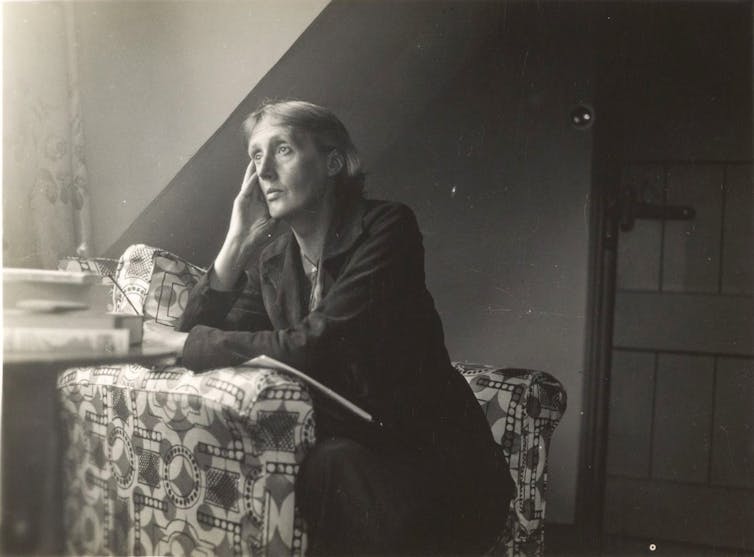
Part of the purpose of the essay is to encourage women to make their living through writing.
But Woolf seems to lack an awareness of her own privilege and how much harder it is for most women to fund their own artistic freedom. It is easy for her to advise against “doing work that one did not wish to do, and to do it like a slave, flattering and fawning”.
In her book, Woolf also criticises the “awkward break” in Charlotte Bronte’s Jane Eyre (1847), in which Bronte’s own voice interrupts the narrator’s in a passionate protest against the treatment of women.
Here, Woolf shows little tolerance for emotion, which has historically often been dismissed as hysteria when it comes to women discussing politics.
A Room of One’s Own ends with an injunction to work for the coming of Shakespeare’s sister, that woman forgotten by history. “So to work, even in poverty and obscurity, is worthwhile”.
Such a woman author must have her vision, even if her work will be “stored in attics” rather than publicly exhibited.
The room and the money are the ideal, we come to see, but even without them the woman writer must write, must think, in anticipation of a future for her daughter-artists to come.
An adaptation of A Room of One’s Own is currently at Sydney’s Belvoir Theatre.![]()
Jessica Gildersleeve, Associate Professor of English Literature, University of Southern Queensland
This article is republished from The Conversation under a Creative Commons license. Read the original article.
Guide to the Classics: The Secret Garden and the healing power of nature
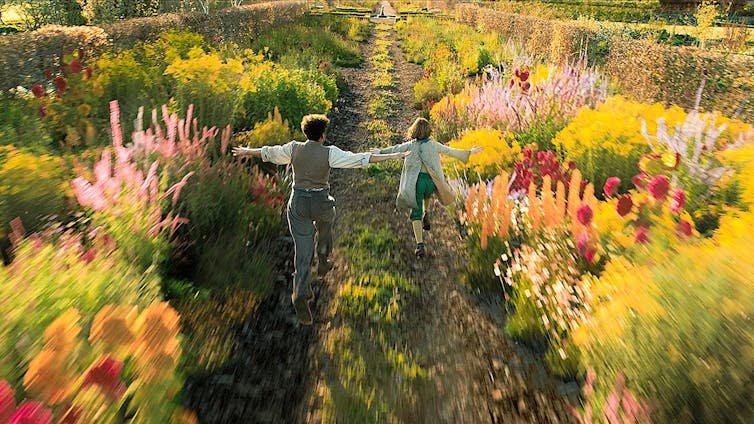
Frances Hodgson Burnett’s The Secret Garden has been described as “the most significant children’s book of the 20th century.”
First published in 1911, after being serialised in The American Magazine, it was dismissed by one critic at the time as simple and lacking “plenty of excitement”. The novel is, in fact, a sensitive and complex story, which explores how a relationship with nature can foster our emotional and physical well-being. It also reveals anxieties about national identity at a time of the British Empire, drawing on ideas of Christian Science.
The Secret Garden has been read by generations, remains a fixture on children’s publishing lists today and has inspired several film versions. A new film, starring Colin Firth, Dixie Egerickx and Amir Wilson, updates the story in some ways for modern audiences.
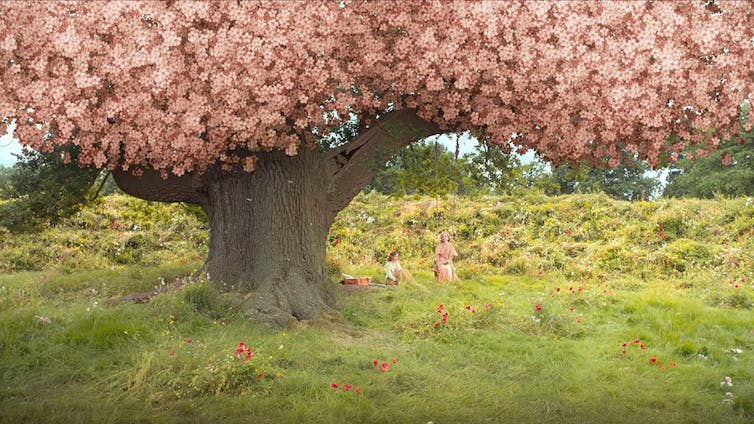
The book opens as nine-year-old Mary Lennox is discovered abandoned in an Indian bungalow following her parents’ deaths during a cholera outbreak. Burnett depicts India as a site of permissive behaviour, illness and lassitude:
[Mary’s] hair was yellow, and her face was yellow because she had been born in India and had always been ill in one way or another.
Mary is “disagreeable”, “contrary”, “selfish” and “cross”. She makes futile attempts at gardening, planting hibiscus blossoms into mounds of earth. The Ayah tasked with caring for Mary and the other “native servants … always obeyed Mary and gave her her own way in everything.”
On the death of her parents, Mary is sent to live with her reclusive uncle Archibald Craven at Misselthwaite Manor in Yorkshire.
Mary’s arrival in England proves a shock. The “blunt frankness” of the Yorkshire servants – in contrast to those in India – checks her behaviour. Martha Sowerby, an outspoken young housemaid, presents Mary with a skipping rope: Yorkshire good sense triumphing over Mary’s imperial malaise.
Also in the manor is Colin, her 10-year-old cousin. Hidden from Mary, she discovers him after hearing his cries at night.
Colin is unable to walk and believes he will not live to reach adulthood. Sequestered in his bedroom, Colin terrorises his servants with his tantrums: he performs “hysterics” in the model of Gothic femininity.
Transformation
Perhaps the most famous image associated with Burnett’s text is the locked door leading to the eponymous garden.
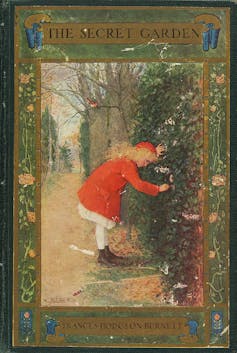
This walled garden had formerly belonged to Colin’s mother, Lilias Craven. When she died after an accident in the garden, her husband, Archibald, locked the door and buried the key.
After Mary unearths the key, she begins to work in this mysterious, overgrown garden along with Martha’s brother, Dickon. Eventually, she manages to draw Colin out of his room with the help of Dickon, and the garden helps him to recover his strength.
Burnett draws upon the cultural connection between childhood and nature, highlighting Edwardian beliefs about the importance of the garden. Like other Edwardian texts, such as Kenneth Grahame’s The Wind in the Willows (1908) and J. M. Barrie’s Peter Pan in Kensington Gardens (1906), The Secret Garden also explores an English turn-of-the-century interest in paganism and the occult, expressed through the book’s fascination with the Greek god Pan.
Dickon, who shares an affinity with animals and the natural world, is first introduced as he sits under a tree “playing on a rough wooden pipe” reminiscent of Pan’s flute.
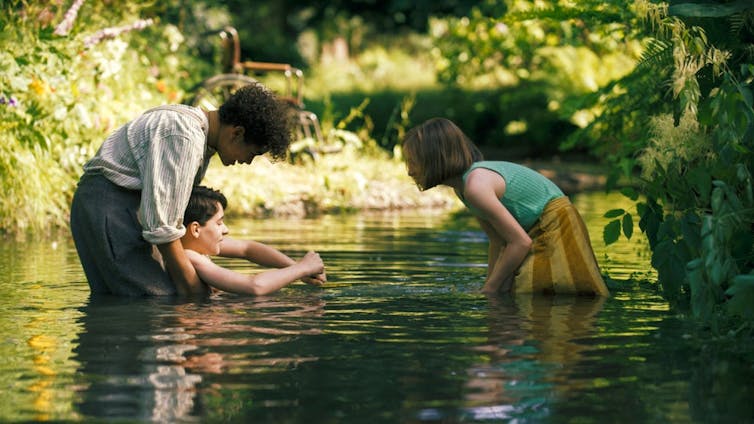
Mary and Colin are both physically and psychically transformed through working in the garden. The stifling rooms and constricting passages of Misselthwaite Manor are contrasted to the freedom of the secret garden.
At first it seemed that green things would never cease pushing their way through the earth, in the grass, in the beds, even in the crevices of the walls. Then the green things began to show buds and the buds began to unfurl and show colour, every shade of blue, every shade of purple, every tint and hue of crimson.
Read more: B&Bs for birds and bees: transform your garden or balcony into a wildlife haven
The children are healed by gardening in the “fresh wind from the moor”. Both gain weight and strength and lose their pallor. Colin’s gardening suggests mastery of the space as he plants a rose – the floral emblem of England.
Mary is subordinated as Colin’s healing becomes the text’s main focus; Colin gains the ability to walk and – importantly – to win a race against her.
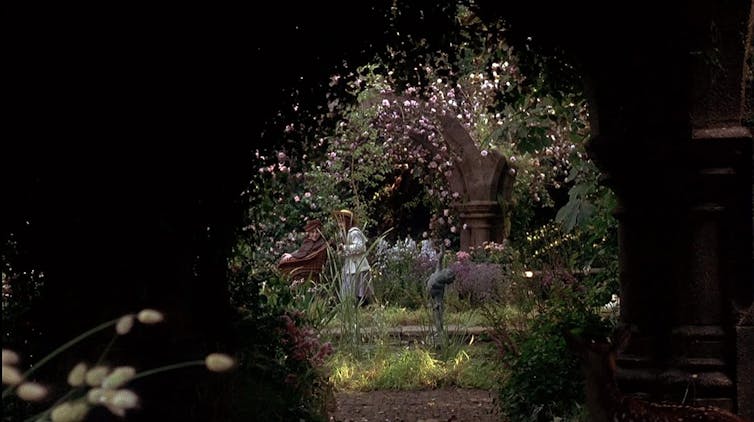
‘Just Mere Thoughts’
The Secret Garden emphasises the power of positive thinking: “thoughts – just mere thoughts – are as powerful as electric batteries – as good for one as sunlight is, or as bad for one as poison”.
This focus on the power of positive thoughts highlights Burnett’s interest in New Thought and Christian Science. New Thought teaches that people can enhance their lives by altering their thought patterns. It was developed by Phineas Parkhurst Quimby in the 19th century, and one of Quimby’s students was Mary Baker Eddy, the founder of Christian Science. While Burnett did not join either religion, she acknowledged that they influenced her work. Both religions often reject mainstream medicine.
Read more: Why you should know about the New Thought movement

Belief in the healing power of thoughts is reflected as Colin chants about the “magic” of the garden.
The sun is shining – the sun is shining. That is the Magic. The flowers are growing – the roots are stirring. That is the Magic. Being alive is the Magic – being strong is the Magic. The Magic is in me… It’s in every one of us.
The Secret Garden Today
Written in a time of British imperial expansion, The Secret Garden’s anxieties around national identity are evident. It draws implicit (and explicit) distinctions between the sickliness and languor of India, and the health and vitality associated with life on the Yorkshire moors.
Yet The Secret Garden still resonates with contemporary audiences. This new adaptation elaborates upon the “magic” associated with the healing power of thoughts, introducing a fantastic element to the story as Mary, Colin and Dickon enter a secret garden filled with otherworldly plants.
Director Marc Munden’s new adaptation also appears to revisit the colonialist emphasis of Burnett’s text. The adaptation shifts the time period during which the film is set to 1947, the year of the Partition of India.
This temporal change suggests an alteration to the original text’s ideas about national identity. While Burnett’s 1911 text considered Britain’s relationship with India at the height of British imperialism, Munden’s adaptation situates the narrative in the period of India gaining independence from Britain.
This new film suggests a desire to ensure The Secret Garden’s continued relevance to today’s audiences, who may be attuned to the book’s colonialist ideologies.
The Secret Garden opens in select cinemas today.![]()
Emma Hayes, Academic, School of Communication and Creative Arts, Deakin University
This article is republished from The Conversation under a Creative Commons license. Read the original article.
Friday essay: who was Jeanne Barret, the first woman to circumnavigate the globe?
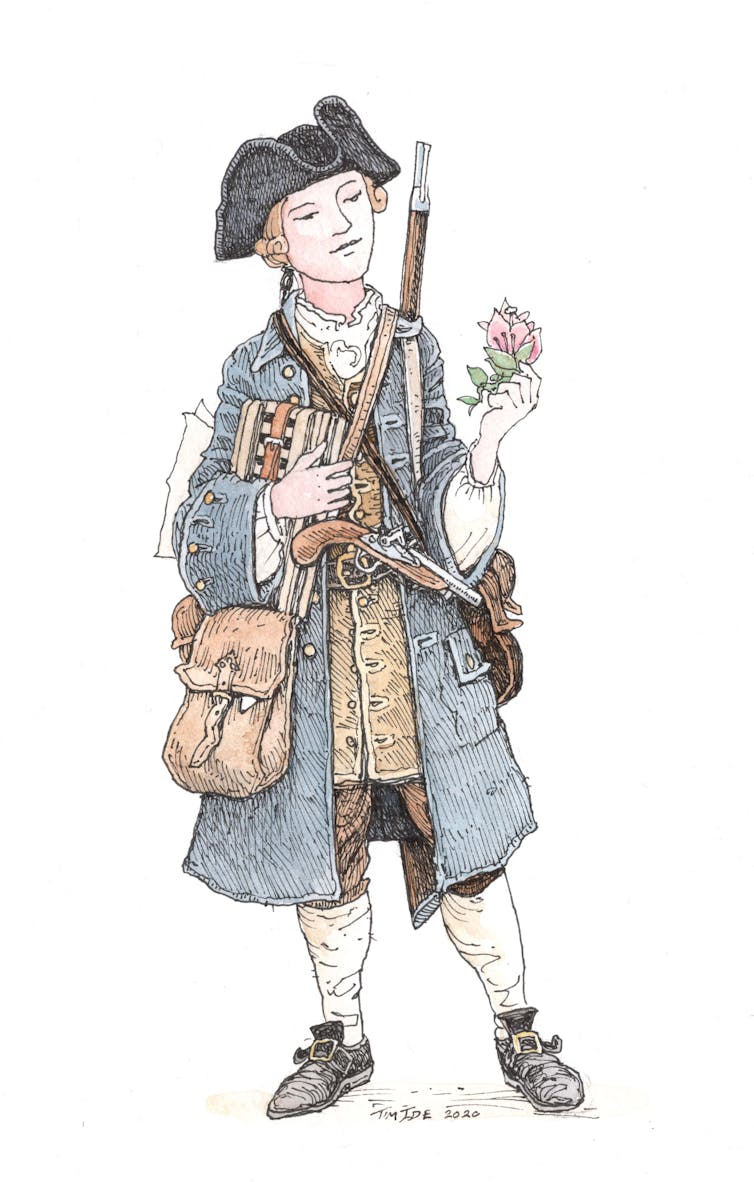
In 1765, a young, peasant woman left a remote corner of rural France where her impoverished family had scraped a living for generations. She set out on a journey that would take her around the world from the South American jungles and Magellan Strait to the tropical islands of the Indo-Pacific.
Jeanne Barret (also Baret or Baré) was the first woman known to have circumnavigated the world. Abandoning her bonnet and apron for men’s trousers and coats, she disguised herself as a man and signed on as assistant to the naturalist, Philibert Commerson on one of the ships of Louis-Antoine de Bougainville’s expedition around the world.
During that voyage, Jeanne helped Commerson amass the largest individual natural history collection known at the time. Thousands of the plant specimens can still be found in the herbarium of the Paris natural history museum, although few bear Jeanne’s name.
Despite Jeanne’s singular achievement, she left no account of her journey or her life. She might have been entirely forgotten were it not for a dramatic revelation on a Tahitian beach in 1768.
Bougainville’s voyage famously promoted Tahiti as a utopian paradise of beautiful women and sexual freedom. But the Tahitian men were equally keen to meet European women and, despite her disguise, they swiftly identified Jeanne as one.
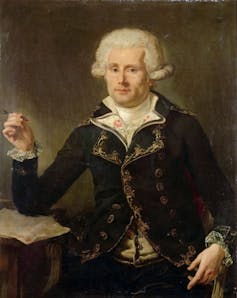
This revelation caused consternation on board and Bougainville was forced to intervene. He described Jeanne’s confession briefly in his best-selling narrative of the voyage. Having nothing but praise for her work, Bougainville ordered she be left alone to continue her work as a man.
Jeanne had done nothing wrong. French naval regulations did not forbid women from embarking, but there were penalties for men who brought a woman on board. Both Jeanne and Commerson insisted he was unaware of Jeanne’s ruse and that they did not know each other prior to the journey. As soon as the voyage reached French territory, the island of Mauritius in the Indian Ocean, Jeanne and Commerson disembarked.
Jeanne’s adventure was soon retold in a book on celebrated women and in the philosopher Denis Diderot’s famous Supplement to the Bougainville voyage. She was ultimately awarded a French naval pension for her services.

The only known image of Jeanne appeared in a book of famous voyages, drawn long after her death. The image is probably allegorical. Loose sailor’s clothes represent her voyage, a bunch of flowers represents botany and the red cap presents her as Marianne, an iconic revolutionary symbol of liberty and the new French republic.
In reality, a servant and botanist like Jeanne would have worn gentleman’s clothes, carrying an assortment of pins, knives, bags, weapons and papers for collecting. Plants were pressed in the field in a portable plant press.
Despite such early renown, details of Jeanne’s life beyond her famous voyage were scarce. For many years, little was known about her past, what happened when she left the expedition in Mauritius in 1768, how she returned to France or what she did with the rest of her life.
Read more: Women have been written out of science history – time to put them back
Simplistic Stereotypes
Writing the biography of a woman about whom we knew so little was always going to be challenging. I found myself searching for a pre-existing model to base Jeanne on — in fiction or in history. But in literature, as in reality, women, the poor, the illiterate, the nonconformists and those from other cultures and languages are poorly represented.
When they appear, they are simplistic stereotypes — supporting characters for a lead role reserved for a wealthy, white man. A woman like Jeanne could be a peasant or a servant, a wife or a fallen woman — there was no conventionally acceptable opportunity for her to be an adventurer or an independent woman of her own means. She had to create that opportunity for herself.
Initial accounts of Jeanne focused on her work, appearance and sexual conduct. She was described as being indefatigable, an expert botanist and a beast of burden who carried heavy provisions while plant collecting. Men noted she was neither attractive nor ugly, but she behaved with “scrupulous modesty”.
Commerson suffered from an incapacitating leg injury during his journey, which limited his mobility. Jeanne was probably responsible for collecting most of the South American plants, of which over a thousand are still found in herbariums today.
Read more: Friday essay: the forgotten German botanist who took 200,000 Australian plants to Europe
When museum scientists began posthumously publishing some of Commerson’s species descriptions, pioneering evolutionary biologist Jean Baptiste Lamarck was the only one who mentioned Jeanne’s contribution and courage. She was a servant, after all, so hardly warranted acknowledgement.
Commerson himself rarely mentioned Jeanne. It was not until after they left the voyage that he named a plant after her: Baretia bonafidia (now known as Turraea rutilans).
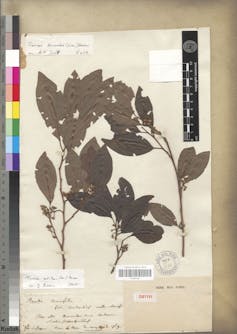
In his description of this plant, Commerson recognised her “thirst for knowledge” and that he was indebted to “her heroism, for so many plants never before harvested, all the industrious drying, so many collections of insects and shells”.
Nineteenth century accounts of Jeanne appeared as footnotes in the biographies of great men. Avoiding all impropriety, she was presented as Commerson’s “faithful servant”, like Crusoe’s Man Friday, or Phileas Fogg’s Jean Passepartout. An early biographer, Paul-Antoine Cap recounted a family story in which Jeanne loyally cared for Commerson on his deathbed in Mauritius and that she returned to live in his hometown in France.
“By way of remembrance and veneration for her former master, she left all she possessed to the natural heirs of the famous botanist,” he wrote. It was a story of boundless devotion much repeated in subsequent accounts.
Partial Details
It has been left to female researchers to uncover the details of Jeanne’s life. Attention has shifted to Jeanne as an individual, rather than an addendum to Commerson’s or Bougainville’s story.
In the 1980s, a local historian from Burgundy, Henriette Dussourd, uncovered the parish record of Jeanne’s birth in 1740 to a poor peasant family in the town of La Comelle. She also found a declaration of pregnancy (obligatory under French law) signed by Jeanne when she was 24-years-old. When she was five months pregnant, Jeanne had fled to Paris with Commerson, travelling under a new surname, as his housekeeper.

The circumstances are suspicious. Jeanne had presumably been working as a servant for the recently widowed Commerson and they moved to Paris to escape a local scandal. Early Parisian parish records were destroyed in the Commune fires of 1871, but Dussourd suggests a son was born, left in the Foundling Home and died young.
Since then, I have found that Jeanne had a second son while in Paris, who appears to have died while she was away on her voyage.
More recently, a biography in English has attempted to fill in the gaps left in the archival record. Glynis Ridley’s popular biography has been criticised for scientific errors and speculation, but her version of Jeanne’s story has propagated widely across the internet.
Unlike the loyal servant trope of the 19th century, Ridley utilises a modern cautionary tale to fill out Jeanne’s story – the well-rehearsed narrative that adventurous women inevitably come to a sticky end.
Ridley’s biography seeks to give Jeanne an agency that she lacked in 18th and 19th century accounts. She argues Commerson sought Jeanne’s advice as an expert herbswoman. Was an unsigned list of medicinal plants among Commerson’s archives, she asks, actually Jeanne’s work?
Appealing though this idea is, Commerson was, however, renowned for his medicinal teas, and herbal remedies were a staple of medical treatment at the time.
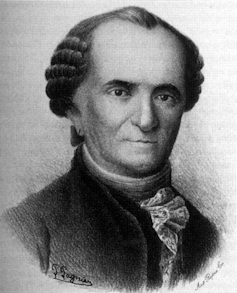
Nor is there any evidence Jeanne was taught to read and write by her mother, as Ridley suggests. My archival research found her mother died when Jeanne was 15- months-old. It seems more likely Commerson taught her to write and trained her in botany.
More controversially, Ridley contends that the story of Jeanne’s revelation as a woman in Tahiti was a cover for a gang rape on New Ireland, off Papua New Guinea. And that Jeanne fell pregnant and gave birth to a son in Mauritius.
This story originates from a description by the doctor on board Jeanne’s ship, Francois Vivez. Vivez disliked Commerson and intended to publish a salacious account of his servant when he returned to France.
In his manuscripts, Vivez describes Jeanne being attacked by her crew mates and her gender exposed after her identification by the Tahitians. While Vivez greatly embroiders his accounts, there is enough confirmation from other journals to suggest they are based on facts. On balance, it seems likely that Jeanne was identified as a women in Tahiti and some of the crew decided to confirm this for themselves when they were next ashore.
But was there a rape? It is difficult to interpret these 18th century accounts, written in either French or Latin and laden with historical contexts and classical metaphors that have long since lost their associations for modern readers.
Bougainville had ordered that Jeanne was not to be harassed. Rape was punishable by death in the French navy. Could a naval commander tolerate such a serious crime and insubordination to go unrecorded and unpunished?
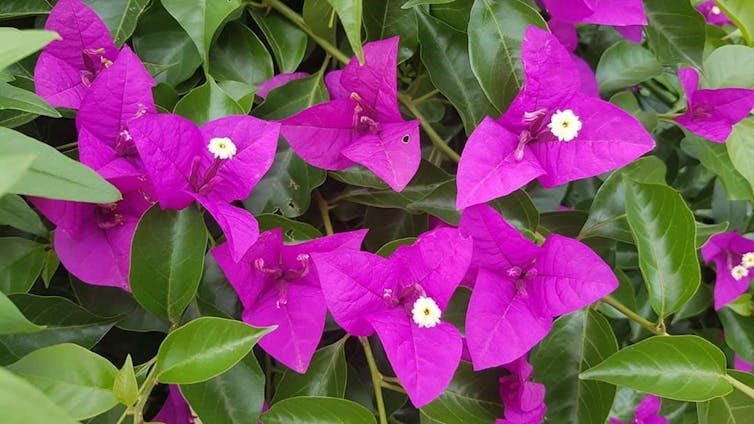
It seems unlikely. In his only comment on the subject, Commerson noted Jeanne “evaded ambush by wild animals and humans, not without risk to her life and virtue, unharmed and sound”.
In any case, there is no evidence that Jeanne, suffering from scurvy and malnutrition, conceived a child on the voyage, nor of the obligatory declaration of pregnancy, or a child born in Mauritius.
A Woman Of Means
Jeanne’s life in Mauritius and her return to France were actually more interesting than dramatic denouements that fulfil conventional expectations. The adventurous woman did not come to a sticky end.
She was not the faithful servant, comforting Commerson on his death bed. She was not left “alone, homeless, penniless” after his death, waiting for a man to rescue her. She did not return to Commerson’s hometown or remember him in death.
The archives tell a different story. I found Jeanne was granted property in her own right in Mauritius. When Commerson died, Jeanne was running her own profitable business. She bought a license to run a lucrative bar near the port.
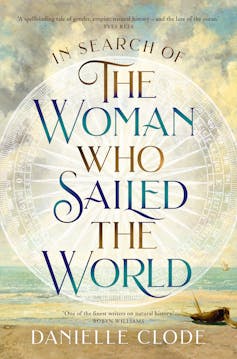
By the time she married Jean Dubernat, a soldier in a French colonial regiment, she was wealthy enough to require a pre-nuptial contract. Her husband brought 5000 livres to the marriage while Jeanne brought a house, slaves, furniture, clothes, jewellery and a small fortune of 19,500 livres – two thirds of which would remain in her control. She was a woman of means.
Further research by Sophie Miquel and Nicolle Maguet in Dordogne, where Jeanne lived out her life after her return to France in 1775, has revealed more details. She purchased various properties including a farm, which is still recognisable today.
Her husband signed another legal document acknowledging these properties were shared equally with his wife. Jeanne gathered her family around her, including her orphaned niece and nephew, and ran a successful business as a landowner and trader – a far cry from her illiterate, impoverished childhood in Burgundy.
Read more: Adventurous identities: intersex soldiers and cross-dressing women at war
If we need a conventional story arc for Jeanne’s life, it should be rags-to-riches, rather than the loyal servant or road-trip tragedy. But better, surely, to construct Jeanne’s story with an objective attention to the archival record.
Jeanne was full of contradictions. She was a devoted aunt, yet left her own children in Paris to an unknown fate. She struggled to escape the constraints of France’s rigid class system and patriarchy, but also owned slaves. Her life does not always fit a comfortable familiar narrative structure.
What we do know reveals Jeanne as a confident, capable, resilient woman — neither victim nor hero but a complex, inspiring and unconventional role model.
Danielle Clode’s new biography of Jeanne Barret, In Search of the Woman who Sailed the World, is published by Picador Australia.![]()
Danielle Clode, Senior Research Fellow in Creative Writing, Flinders University
This article is republished from The Conversation under a Creative Commons license. Read the original article.
Explainer: what is storyboarding for film?

Images are all around us. But what about the images you may never have seen, which influence the storytelling you watch every day?
Storyboarding often forms a crucial part of the pre-production process of film, television, animation, game design, advertising, comics, children’s book illustration, even UX Design and other forms of visual communication.
Developed at Disney Animation Studios in the 1930’s, it was first used in live action film for Gone with the Wind (1939). As film critic Fionnuala Halligan has written:
The unsung heroes of film, storyboard artists are the first to give vision to a screenplay, translating words on the page into shots for the screen.
Directors employ storyboard artists to visualise their scripts for large crews. They guide visual language, scene transitions, action sequences, cinematography, lighting design, location scouting, costume development, production design, art direction, computer generated effects and different phases of animation.
Art Of The Plan
An applied use of drawing, storyboarding is an illustrative art that communicates context.
Legendary director Ridley Scott always begins his films with the drawing board, using the pencil to inform the visual tone of his direction and discuss scenes with actors.
It limits the potential of the story and script, defining a scene visually to reduce the shooting of excess scenes.
Traditionally each cell — or film frame in the narrative — is drawn by hand, artists rapidly refining the story. Large amounts of sketches are discarded. Small thumbnail sketches are reworked until the drawings move to final polished boards.
Storyboards often collect in archives, unreleased works bound by studio copyright. They are occasionally collated in book form, as in The Art of Movie Storyboards: Visualising the Action of the World’s Greatest Films.
Although pencil is still predominant, many artists now employ digital approaches. Storyboards don’t require the artist to embed lots of detail. The focus is how the boards communicate the camera angle, movement, timing, gesture and staging of characters.
Some artists produce mock sequences to get employed. Heidi Jo Gilbert’s mock sequence landed her a job at DreamWorks Animation.
Read more: 21st-century character designs reflect our concerns, as always
Aspects And Ratio
Each panel or frame represents what the camera and eventually the audience will see. The shape of the rectangle is usually based on the planned shooting aspect ratio (width to height of frame).
Storyboards can help the cinematographer make choices about lighting, depth of field, locations and camera angles. Arrows indicate where the movement of the character or object is headed. Although the script is important for direction and dialogue, storyboards become a visual script.
Storyboard artists need a diverse but traditional skillset.
Not only do they need the drawing skills — whether pencil or pixel, but they need to be able to negotiate visual observation, visual representation, metaphor, allegory and aesthetics.
Being highly skilled in realism is not necessary, communicating the idea of story is the most important. In fact, something realistic may not best communicate meaning.
Some key drawing conventions and features include:
- Anatomy
- Shapes
- Composition
- Scale
- Viewpoints
- Frame division
- Depth of field
- Light and tonality
- Horizon lines, vanishing points and perspective.
Storyboards allow artists like Aaron Blaise to embed emotion, gesture and movement into a scene.
This artistic process helps the director make choices. The panels of the storyboard are propped up against a wall or shown onscreen during production. Members of the production crew refer to them to discuss and see where the visual narrative will lead.
Read more: Long days, heavy loads: what the best boy does on a film set
Sharing A Vision
Storyboards are a great way for people working together to visualise their ideas and brainstorm new ones. It’s fascinating to see how simple line drawings can spark and move through to the final idea. Here is an example of the storyboard side-by-side with the final product from UP (2009).
What’s evident is a honed approach to drawing skills still playing a role in creating the film’s visual direction.
These days not all film directors employ this technique. But many in the creative industries still start with the drawing board as a source of communicating concepts, ideas and story.
Like a compass steering a ship, drawings were probably the starting point for your favourite show or movie.
Read more: Explainer: what is production design? ![]()
Ari Chand, Lecturer in Visual Communication Design and Creative Industries, University of Newcastle
This article is republished from The Conversation under a Creative Commons license. Read the original article.
RPAYC Youth Out There Program
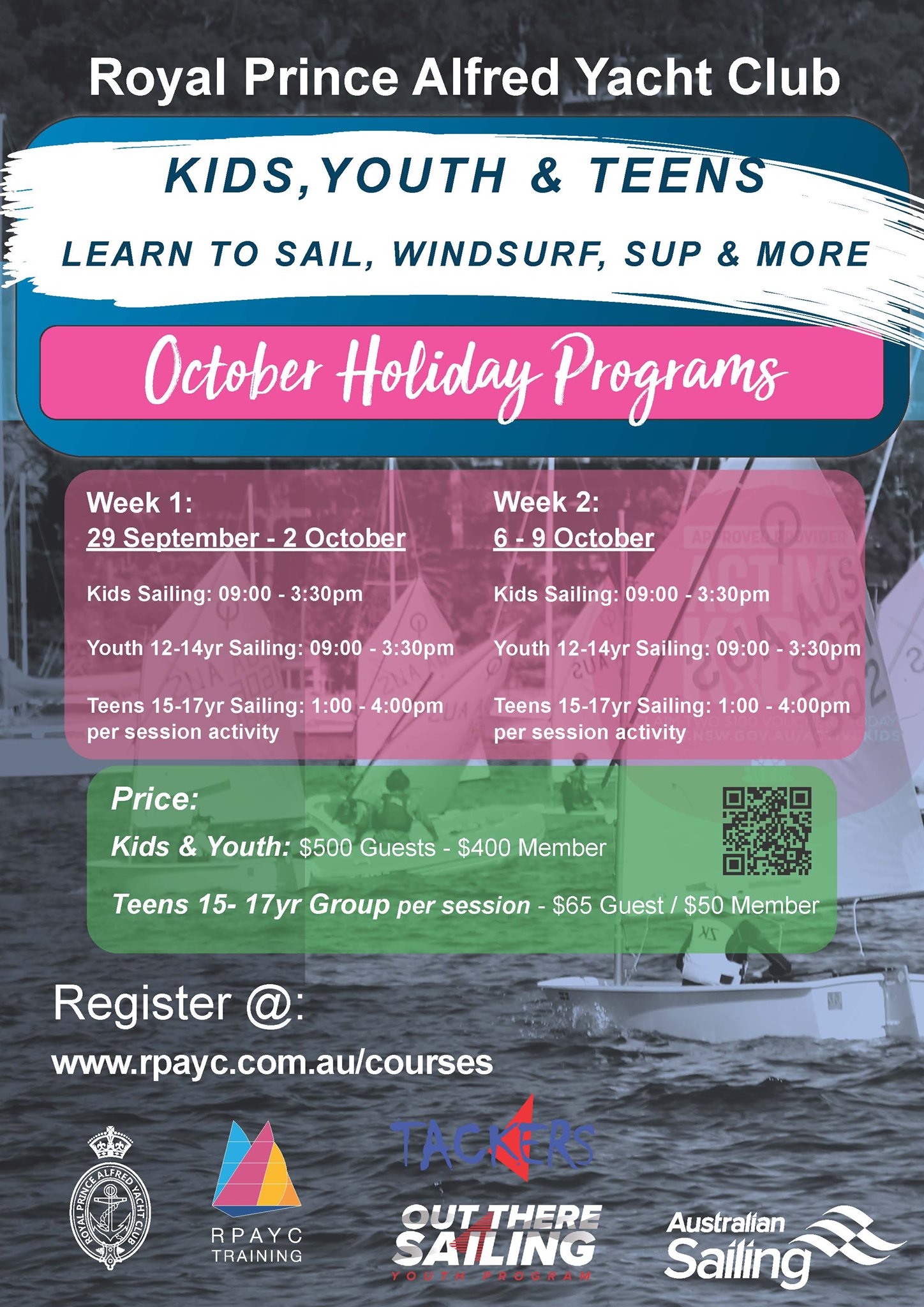
Over 50 Artists Join Great Southern Nights Music Event
- Blue Mountains
- Central Coast
- Country NSW
- Hunter
- North Coast
- Outback NSW
- South Coast
- Sydney.
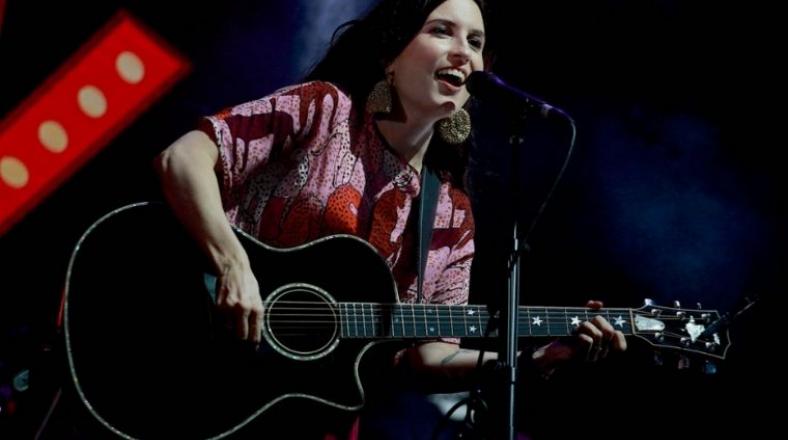
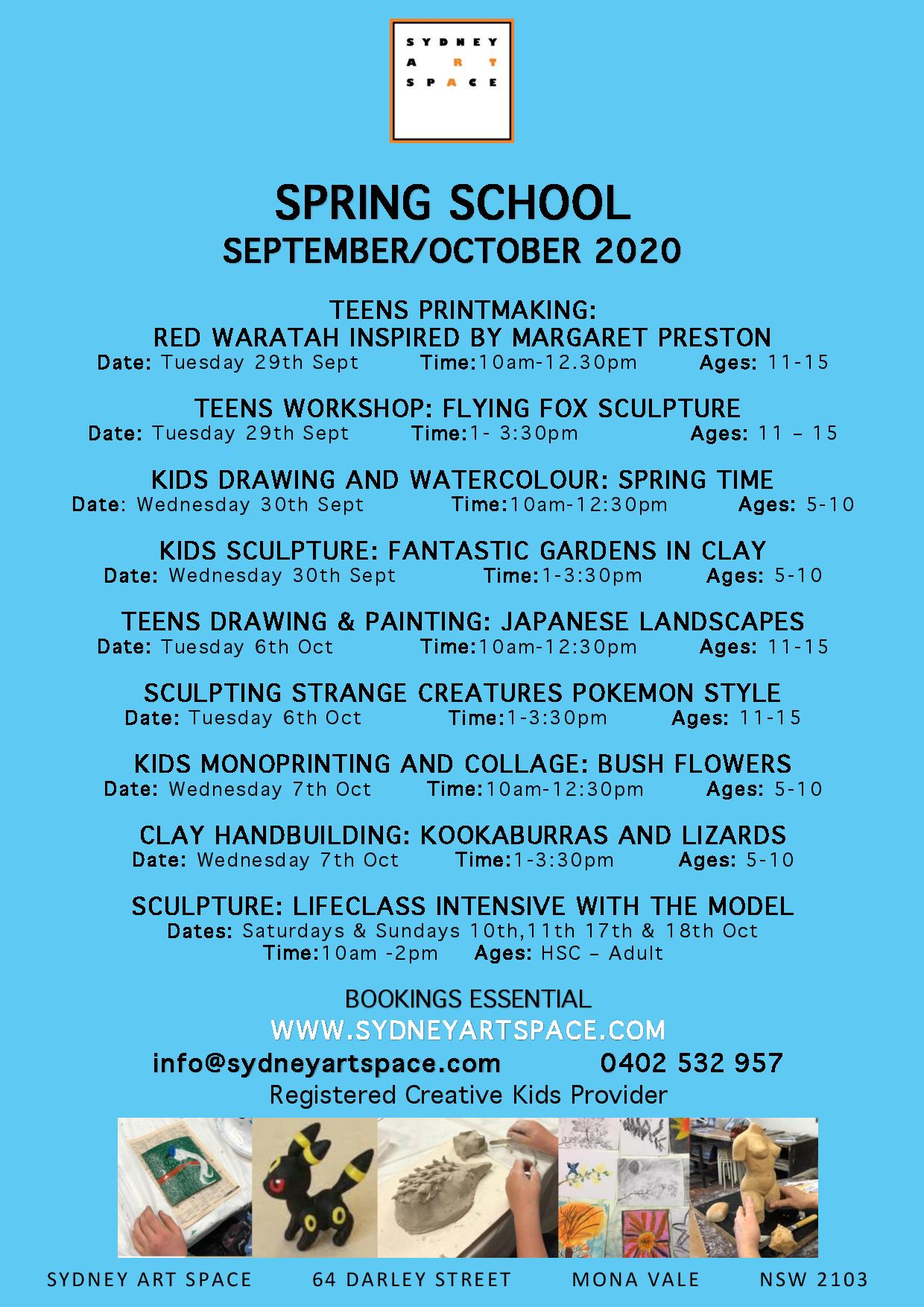
“Great White Sighting In Pittwater”: Art By Sea
(about: Art by Sea celebrates our natural environment with sustainable art by locals). Take a stroll along the pathway from Bayview to Church Point and cast your gaze further afield.
Visit: https://www.instagram.com/artbyseaau - more soon!
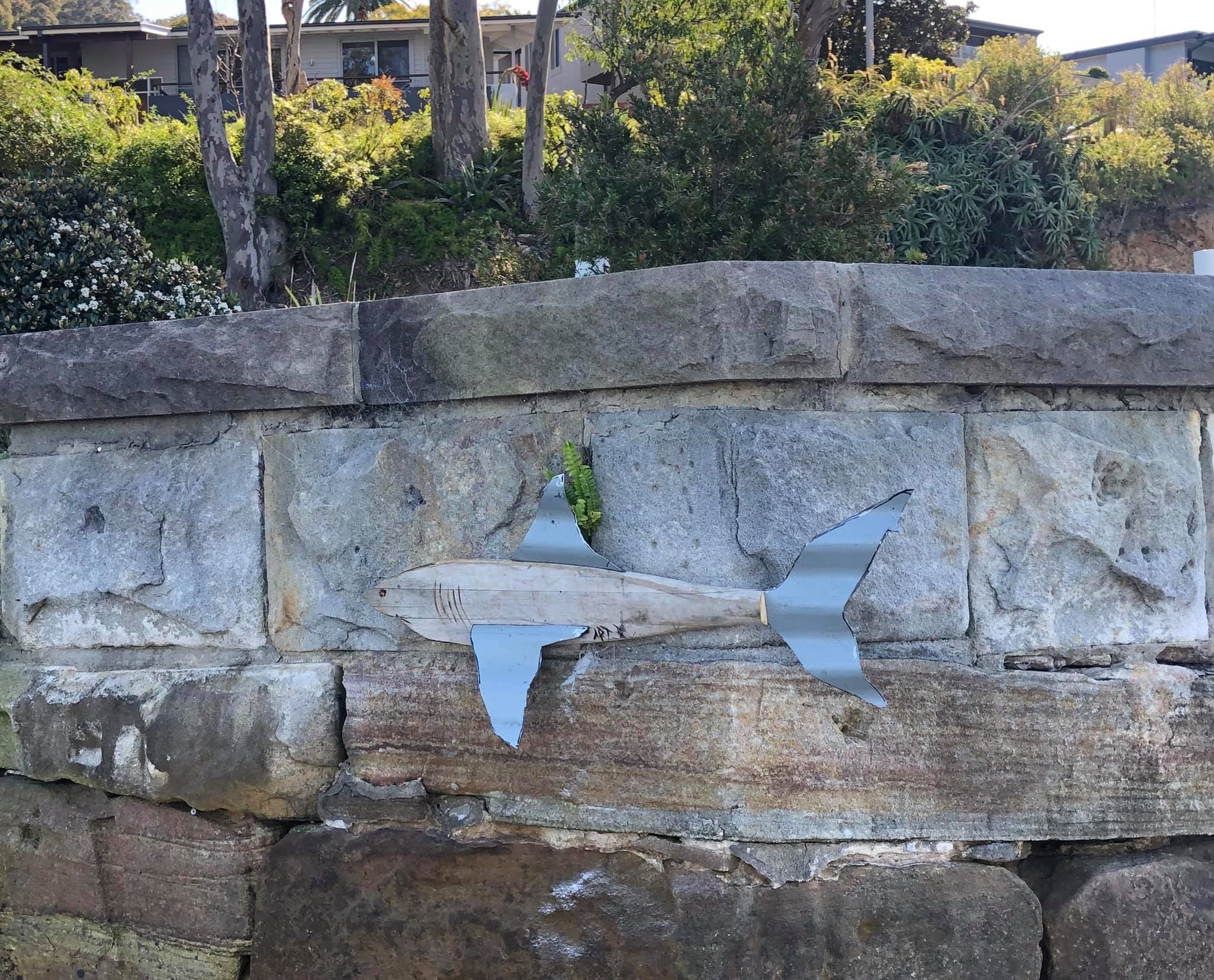
Students To Help Shape Future Of Education
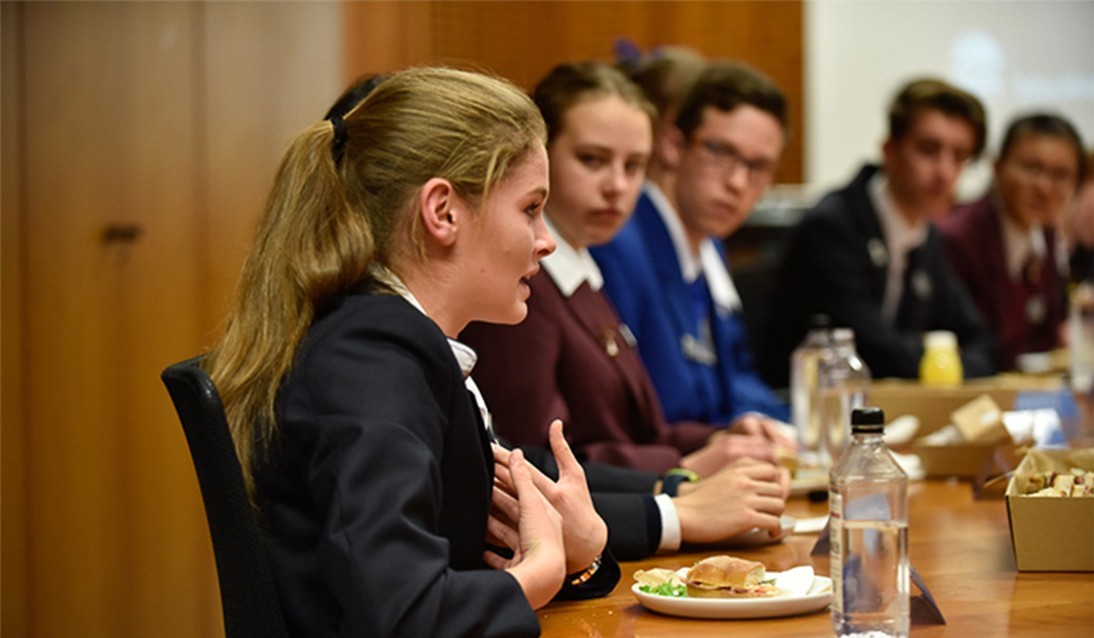
Opportunity: Students Encouraged To Apply For Award In Fisheries Conservation Research
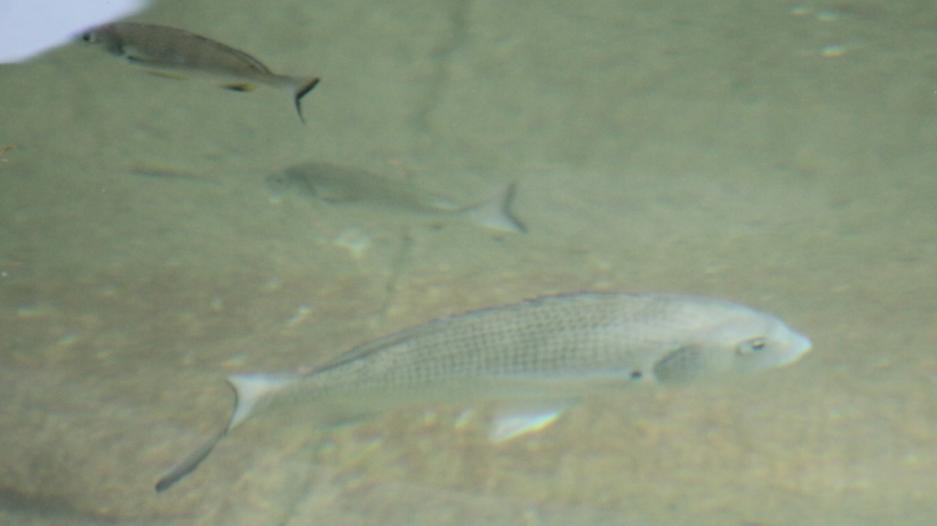
Year 11 And HSC
- say you are a HSC student when taking a test
- ensure the nurse or doctor doing the test marks your referral 'urgent — HSC'
- self-isolate until a negative result is received
- show your school the negative result
- call the contact number provided by the clinic if results are not received within 36 hours.
- Allowing principals to decide on the number, type and weighting of school-based assessments for the HSC and Year 11 school-based assessment. NESA’s principles of assessment continue to apply. The deadline for schools to submit HSC assessment results and other marks is 23 September.
- Increasing the number of times Year 12 students yet to meet the HSC minimum standard can sit the minimum standard online tests.
- Cancelling the requirement for NESA mandated VET work placements.
- Dance - Callback
- Drama - OnSTAGE
- Music - ENCORE
- Visual Arts - ARTEXPRESS
- Technologies - Shape, InTech and TexStyle.
Not Gen Z; Gen Zoom!
Being school leaders in 2020 didn’t pan out quite the way they imagined, writes Kotara South Public School captains Elodie and Ben;
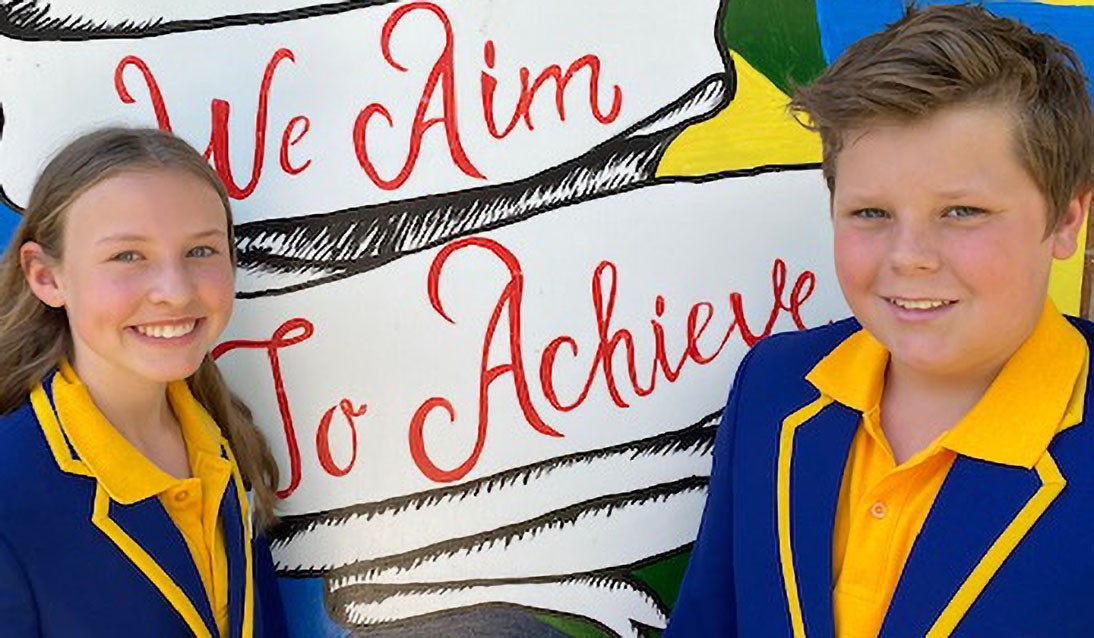
When we found out we were going to be the school captains of 2020 we went from being very excited to having a mini heart attack.
We heard about all the jobs and responsibilities from the leadership team of 2019 and we couldn’t wait to get started.
We were looking forward to going out into the community, showing off our blazers and badges and representing our school. But our year of leadership didn’t go to plan.
A lot of leadership traditions were cancelled, but on the positive many new opportunities were brought our way.
We spent a lot of time in the principal’s office but not for misbehaving … it was because of the new zoom assemblies. We took many photos and videos on our first whole school zoom meeting because it was very different and exciting.
Really, our generation isn’t Gen Z it’s Gen Zoom, because beside holding virtual assemblies we also have to do our high school transition through zoom. That will be fun but also hard because it will mean we will start high school without ever going to the school. This makes us a little nervous and unsure of what next year will be like.
Even though our leadership day was cancelled as well as our sporting activities, we got a lot more feedback and time with our teachers while learning from home.
Our Year 6 farewell will be different as well because this year it won’t be at our local sporting club, it will be at our school. Last year as Year 5s we got to join the Year 6s and get a taste of what it would have been like. This year we won’t get to dance with our parents, but looking at it from a positive angle that leaves more room on the dance floor for us to do the worm.
It would be really easy to say that this year sucked, but really it has been quite fun and unique. There has been many firsts and things that next year’s school captains won’t be able to experience such as home learning and zoom meetings.
There have been many disruptions, but we are extremely grateful that we have been able to go through this. This iconic year will be remembered forever.
Kotara is a suburb of Newcastle, New South Wales, Australia, located 9 kilometres from Newcastle's central business district.
Spring School Holidays!
We hope you all have a wonderful Spring Break - we too are having some time off and we'll be back with lots of news and stories for you on Sunday October 11th.
Outback Brothers Go The Distance As Writers
Two brothers who study by distance education have shown creativity runs in the family after back to back wins in a statewide writing competition, writes Grant Hatch.
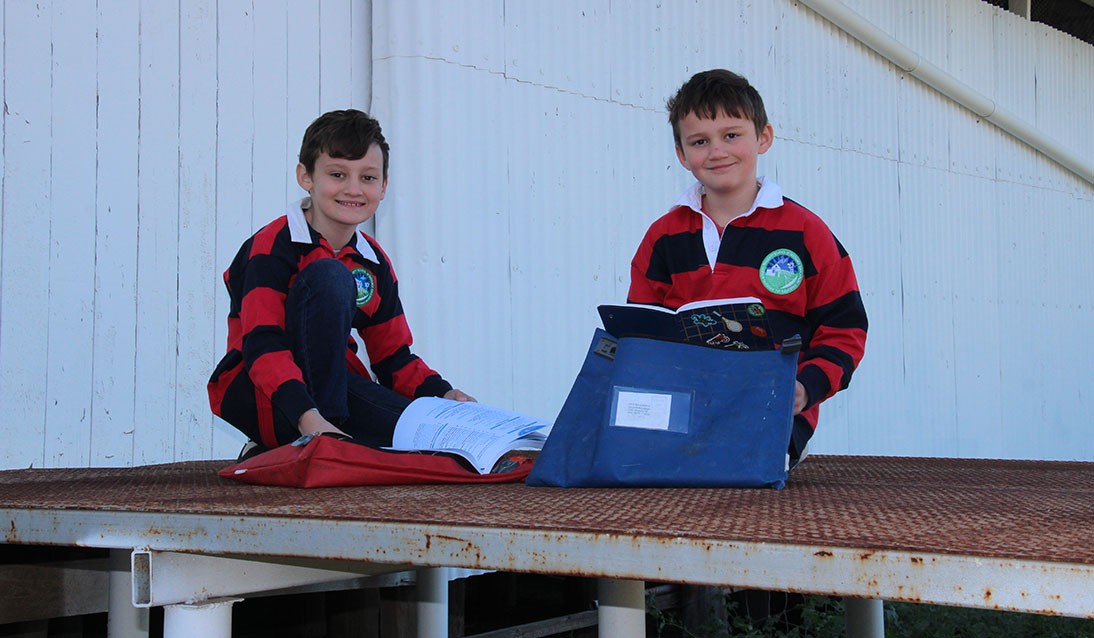
Growing up through seven years of drought has not left WriteOn gold certificate winners, brothers Rafael and Gabriel Siemer, parched for creative writing inspiration. Photo: Jo Coleman Top Wire Photography, Walgett.
A Bourke-Walgett School of Distance Education family is proving that being schooled in the outback is not an obstacle to success in creative writing.
Year 4 student, Rafael Siemer this week earned a prestigious gold certificate for his response to the set stimulus of an image of a young boy and his dog in the Stage 2 division in the 2020 WriteOn awards.
It is the second top award in as many years for the Siemer family.
Last year, Rafael’s brother Gabriel, then in Year 1, took out a coveted gold certificate in his division.
Rafael’s winning entry took the form of a letter to his late grandfather, which intertwined the joy of getting a new puppy with the grief of missing his grandad.
He was the only gold certificate winner from west of the Great Divide.
Rafael lives on a 6500-hectare property “Leconfield” on the Barwon River, 40 kilometres south-west of Walgett.
They are two of the 38 students enrolled at the Bourke-Walgett School of Distance Education.
Their home supervisor is their mother Casey Marshall-Siemer who describes the school as “just amazing”.
“The teachers do an exceptional job,” Ms Marshall-Siemer said.
“They tailor the system to meet the needs of every child and it really brings out their best.
“Writing is encouraged from a young age and the students turn out some brilliant work.
“They are encouraged to bring out their own personalities, and that is healthy and a wonderful thing for the children.”
Although it is green at home now, the boys, their parents and the wider community have just endured seven years of drought.
But based on their success in WriteOn, Rafael and Gabriel are not parched for inspirational writing themes.
WriteOn, conducted by the NSW Education Standards Authority, presents entrants with the opportunity to be published authors.
This year Rafael will join his brother, Gabriel in those ranks with the surname Siemer appearing in the Best of WriteOn Anthology for the second year in a row.
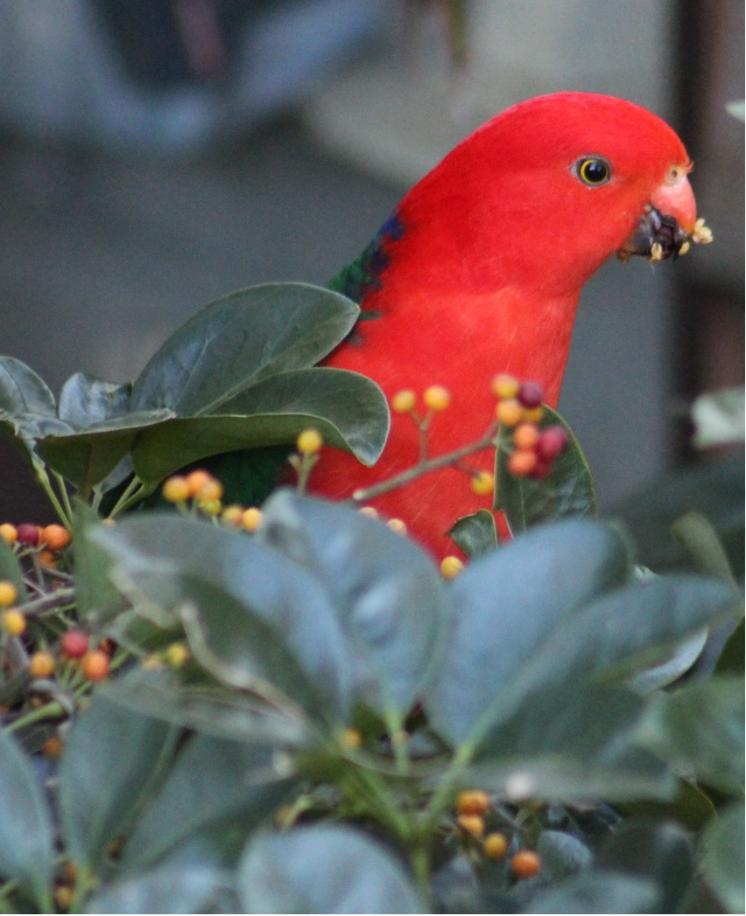
AT HOME WITH BRIE
A New Podcast Connecting Kids To Kids!
From the maker of Imagine This on ABC Kids Listen, Brianna Peterson is excited to launch the first season of her very own podcast At Home With Brie, curated for children by children.
At Home With Brie was created to answer the countless messages and emails Brianna received during lockdown. Parents and kids reached out in need of a familiar voice as the pandemic left many children unsettled and isolated from their social networks.
“This podcast is a way for kids to connect across the country, and to hear that they aren’t alone. No matter your circumstances, there’s always another kid out there listening - who likes the same things or is going through something similar. We’re really not that different from each other”, says Brianna.
Each episode features conversations with kids from different parts of Australia to find out what they’ve been doing around the house. From throwing a birthday party for the family dog, to camping out in the lounge room… it turns out there’s plenty of mischief to be had around the home!
Produced in the Blue Mountains, Brianna uses her background in early childcare and psychology to make mindful content for growing minds. As an established audio and sound producer, Brianna takes snapshots of daily life to infuse magic and play into child-led podcasts for kids.
“I am so excited to be launching the first season of At Home With Brie. Working with children and hearing their perspective on life is such a joy. I love making the podcast and I am sure our little listeners will love it too.”, adds Brianna.
All ten episodes of At Home With Brie are now available to stream on iTunes, Spotify, or wherever you get your podcasts.
What: At Home With Brie & At Night With Brie
Where: www.athomewithbrie.com.au | iTunes, Google Podcasts


Curious Kids: how do voices come out of our mouths?

How do our voices come out of our mouths? Ziggy, age 4, from Springwood NSW
Hi Ziggy, what a great question!
We can all communicate in lots of different ways – using our hands to gesture or sign, writing letters, typing text messages, drawing pictures or even sending emojis.
But if we want to communicate by speaking then we need to use our voice.
Our voice makes sound when we use air from our lungs to vibrate our vocal cords, which sit inside your voice box.
To find your voice box, feel for the bony lump at the front of your throat. We sometime call this an “Adam’s apple” in men.
The air from the lungs causes the vocal cords to move really quickly. This is called vibration and feels a bit like buzzing.
See if you can vibrate your vocal cords, like this boy in the photo. Try saying “ahh” – then, gently place your fingers on your throat.
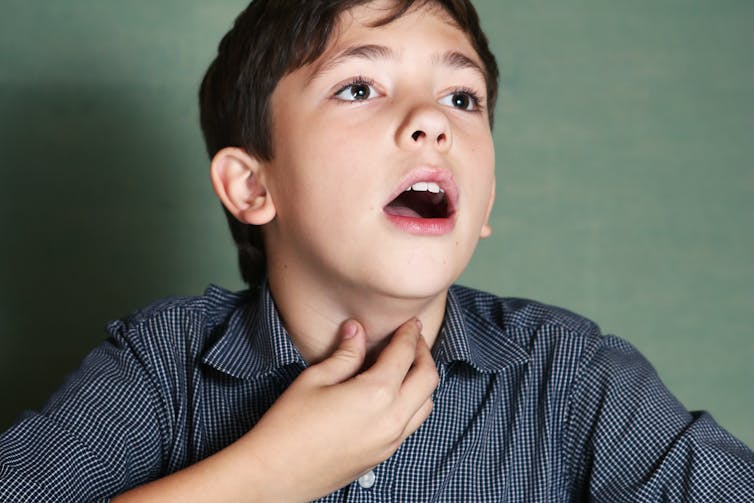
You should be able to feel the vibration of your vocal cords.
Picture This
Another way to think about this process is to imagine your lungs are a balloon, full of air.
Now imagine the opening of the balloon is your vocal cords.
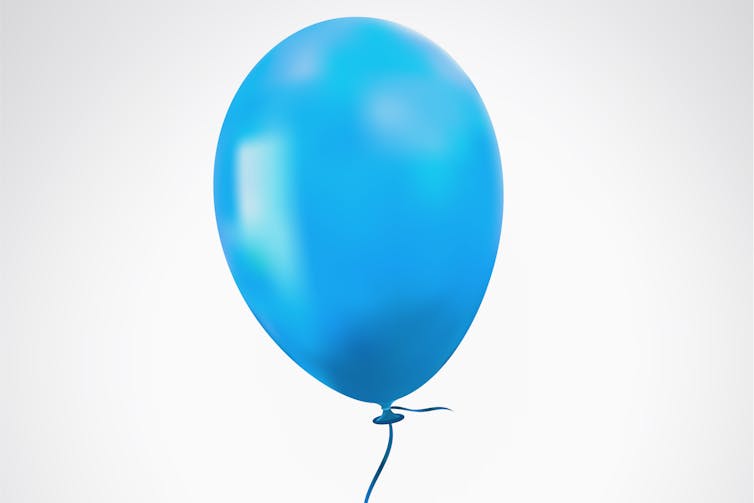
When the balloon is tied up, vocal cords are closed and no air escapes.
When the balloon isn’t tied, the vocal cords are open, and all air comes out. That’s like breathing out.
But if you stretch the opening of a balloon sideways, you can control the amount of air that escapes. The opening vibrates, and it makes a noise.
That’s similar to what your vocal cords do when they vibrate.
Then What Happens?
The voice continues to vibrate as it travels up through your throat and into your mouth and/or your nose.
You can then control the flow of air using your lips, tongue, teeth, and the roof of your mouth to make different sounds.
When you say “ahh”, for example, you’re making your vocal cords vibrate with your mouth wide open and using the roof of your mouth to stop air escaping out through your nose.
If you say “eee” or “ooo”, the air still vibrates in your mouth but because you change the shape of your mouth, you make a different sound.
Read more: Curious Kids: how do babies learn to talk?
Some Sounds Are Different
Some sounds that we use to produce speech don’t use the voice from our vocal cords.
Compare the sounds “sssss” to “zzzzz”, for example.
The shape of the mouth and position of tongue, lips, teeth and roof of the mouth are the same but the “s” sound doesn’t use our voice, and the “z” sound does.
Try saying “sssss” and then “zzzzz” out loud and feel the difference in vibration on your throat.
We also use our voice differently when we whisper. We don’t vibrate our vocal cords at all, we just use air from our lungs and move our mouth, tongue and lips.
Read more: Curious Kids: how did spoken language start?
Hello, curious kids! Have you got a question you’d like an expert to answer? Ask an adult to send your question to curiouskids@theconversation.edu.au![]()
Sally Hewat, Associate Professor in Speech Pathology and Assistant Dean International, University of Newcastle
This article is republished from The Conversation under a Creative Commons license. Read the original article.
NSW Leads The Way On Agricultural Workers’ Code
Help Harvest NSW
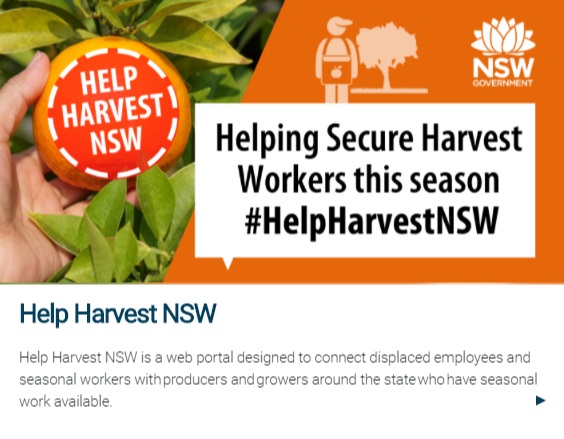
When Does A Second COVID-19 Surge End?
Potential Drug Target For Dangerous E. Coli Infections Identified: UNSW
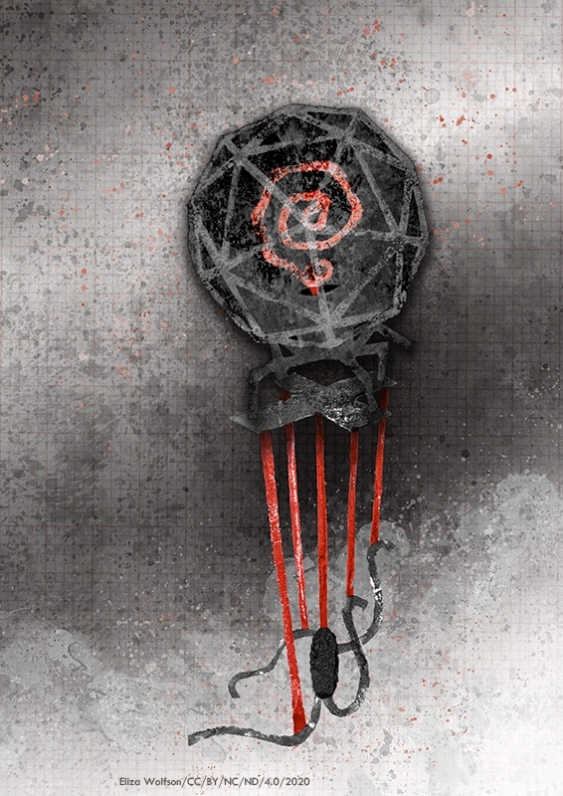
This Tiny Device Can Scavenge Wind Energy From The Breeze You Make When You Walk
Disclaimer: These articles are not intended to provide medical advice, diagnosis or treatment. Views expressed here do not necessarily reflect those of Pittwater Online News or its staff.
